I remember my first trip to Northeastern China, I was blown away by the generous portions of the local dishes. To sum up Northeastern cuisine in four words: delicious and substantial! This review has further solidified that impression for me. Among the delicacies I sampled, the most expensive was no more than 28 yuan—yet the quantity and taste were impeccable. Here, I found a soul-stirring spicy hot pot:

A spicy mix of condiments that can rescue bland vegetables:

And the “carb killer” Korean kimchi:
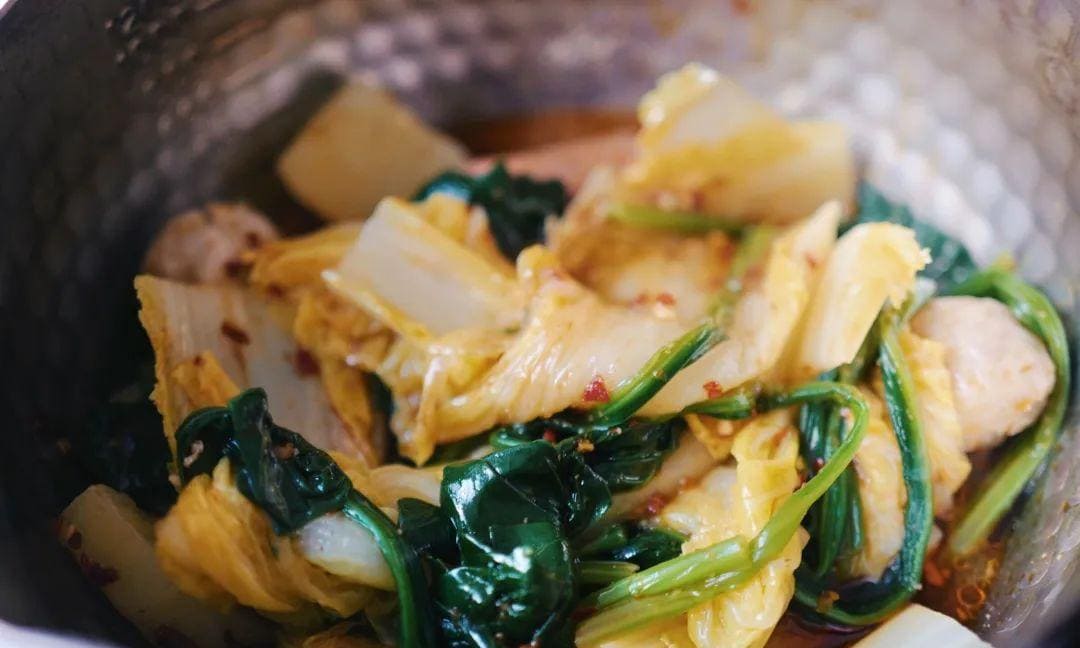
After trying out all these Northeastern delicacies at home, my heart has already drifted there. Quietly, I’ve added “going to Northeastern China for a food binge” to my wish list for this year.
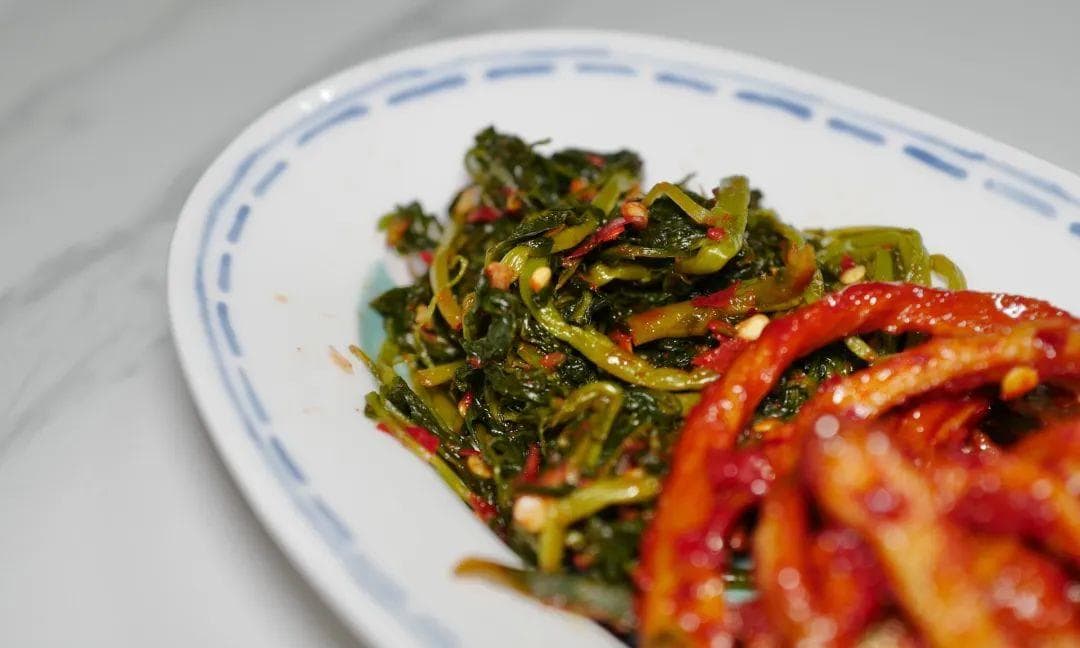
By the way, my colleague Da Ying has previously reviewed Northeastern specialty foods, so here’s a guide for you 👉 Online Shopping for Northeastern Delicacies, oh my gosh, it’s great! Combining these two articles, it’s like we’ve tasted nearly half of Northeastern China. Without further ado, let’s dive into the Northeastern delicacies I unearthed!

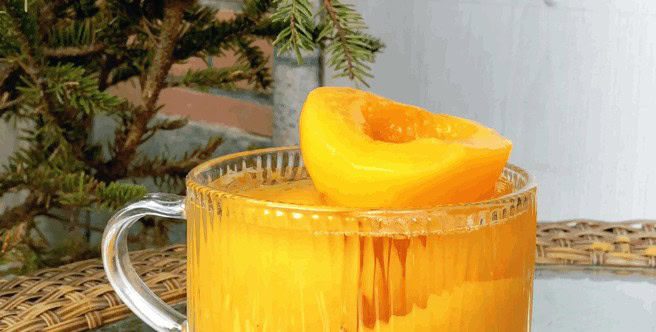
This article is purely self-funded with no advertisements, feel free to read and enjoy!

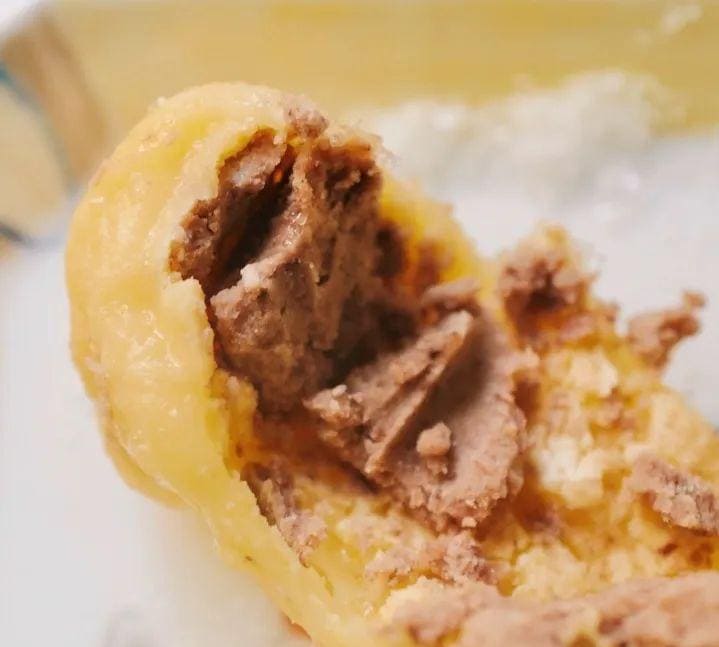
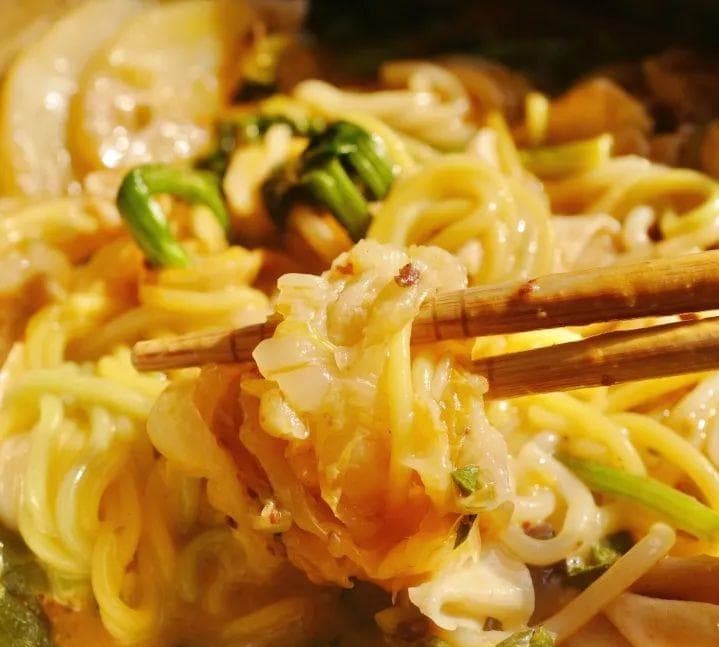

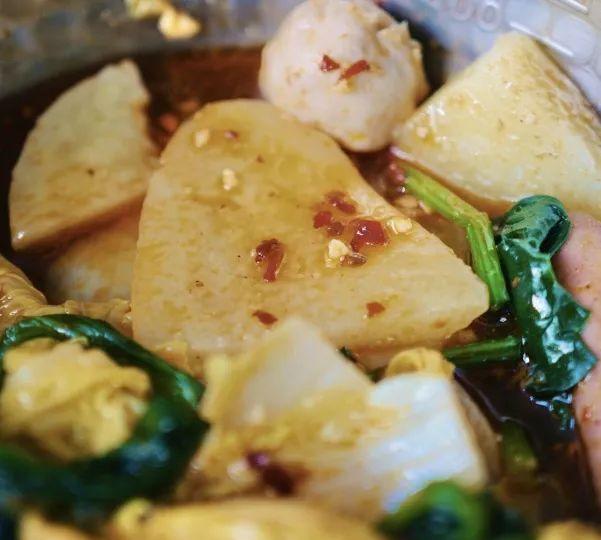
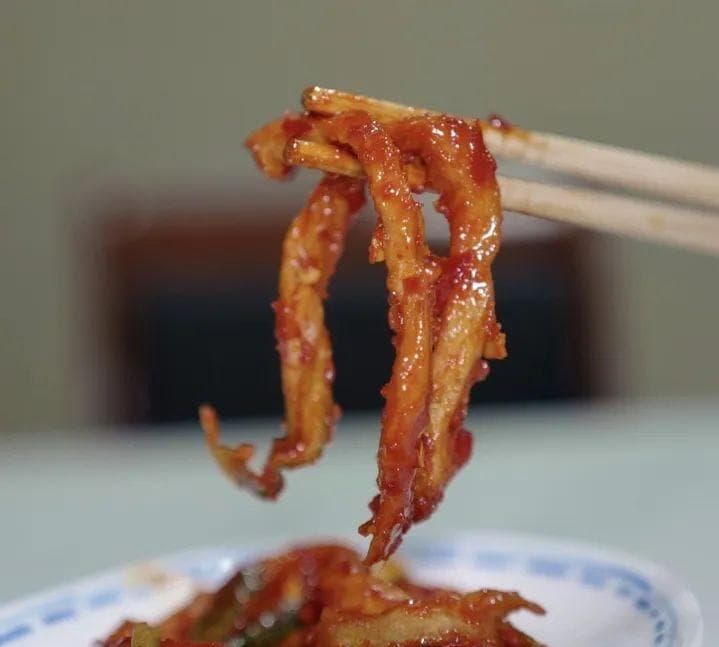
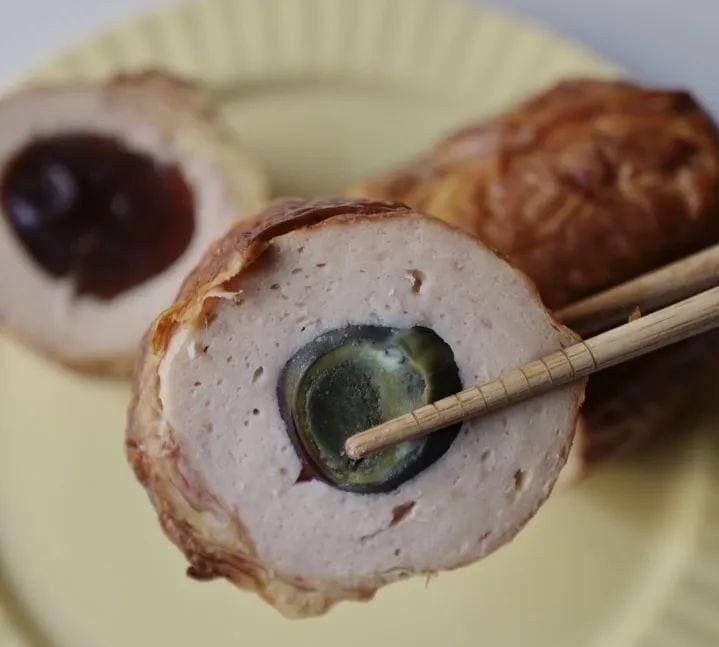
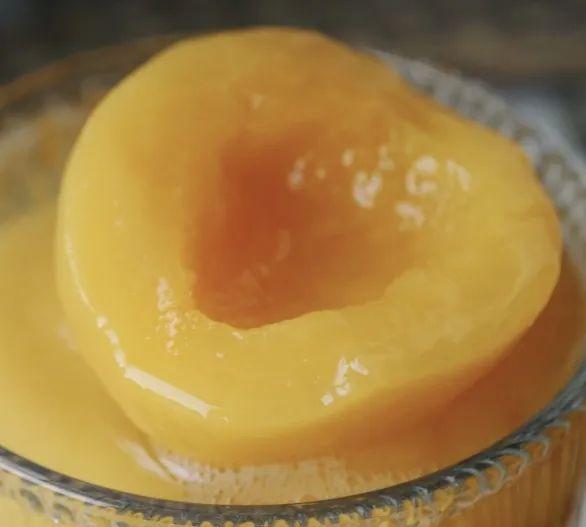

Highly Recommended Lazy-Person Foods
Li Hailong Spicy Hot Pot
Reference Price: 13 yuan/bag
Purchase Channel: Li Hailong Flagship Store
Although spicy hot pot originated in Sichuan, it spread nationwide thanks to our Northeastern friends. The founders of the two major spicy hot pot giants, Yang Guofu and Zhang Liang, both hail from Northeastern China.
This time, I bought Li Hailong Spicy Hot Pot. When I opened the package, I found a total of nine bags of condiments, which is quite generous compared to the usual snail noodles I buy. Authentic Northeastern spicy hot pot’s “mala” (meaning “numbing and spicy”) actually refers to “mala” in the sense of “sesame paste” for Northeasterners. Seeing a whole pack of sesame paste in the package assured me this was going to be good.
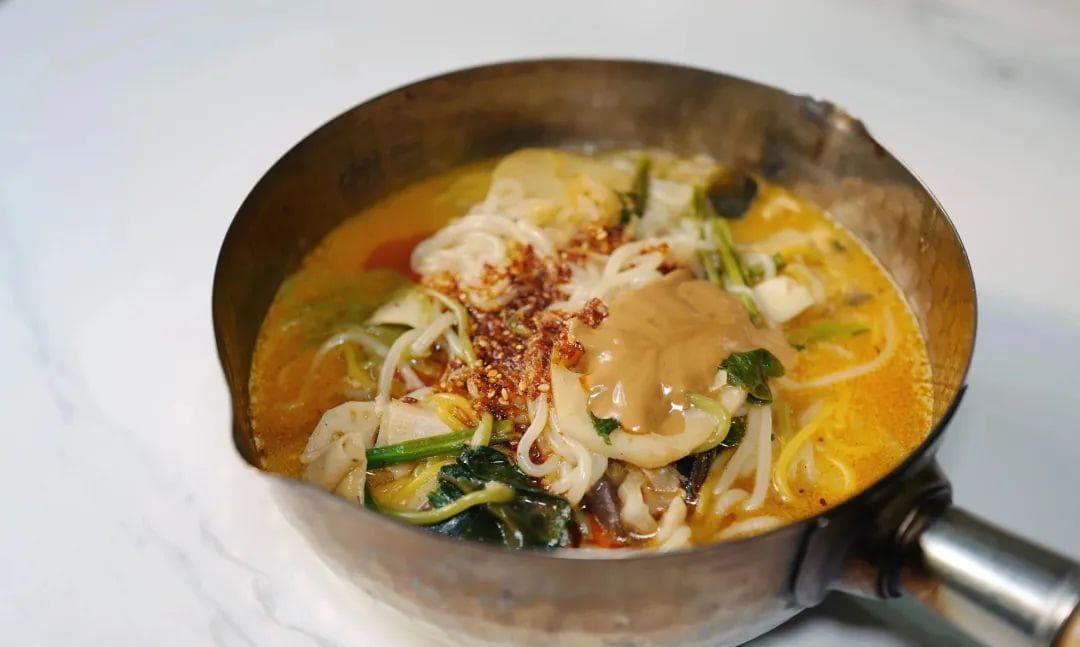
The hot pot comes with corn noodles that need to be soaked in cold water before cooking until they can be separated into individual strands. The cooking process is quite quick: you add the base packet, the powder packet, and the accompanying vegetables to boiling water. Within minutes, it’s ready. The sesame paste, sesame oil, and chili oil are added to taste after it’s off the heat.
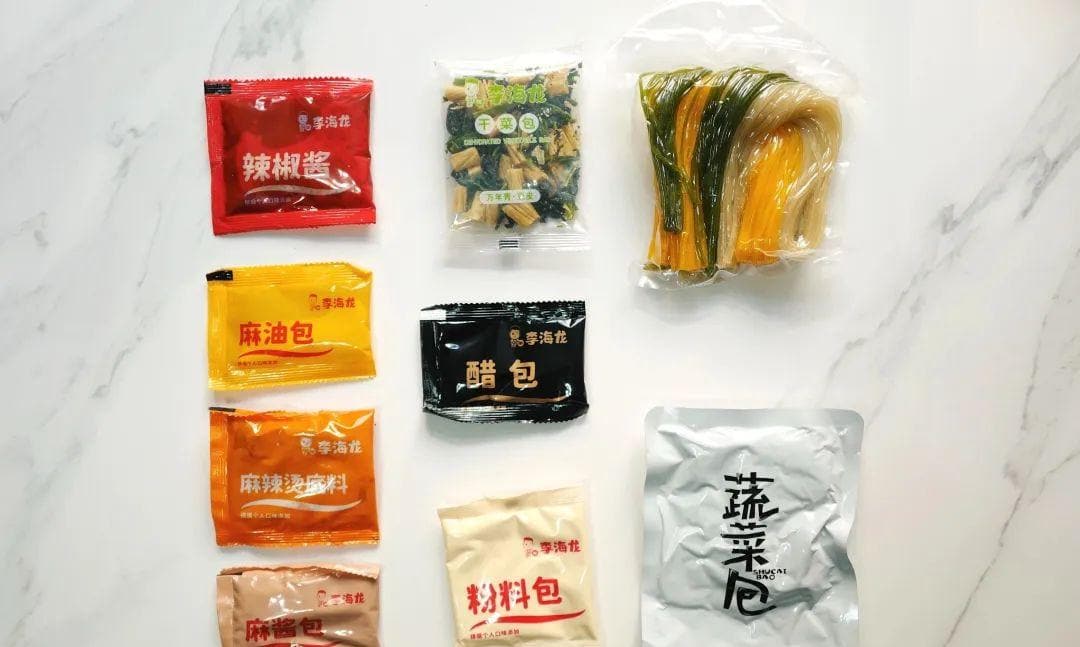
When first cooked, the hot pot has quite a bit of broth, but after mixing in the sesame paste, it thickens, and every ingredient is lusciously coated—as if rolling in a mire, absorbing all the flavors.
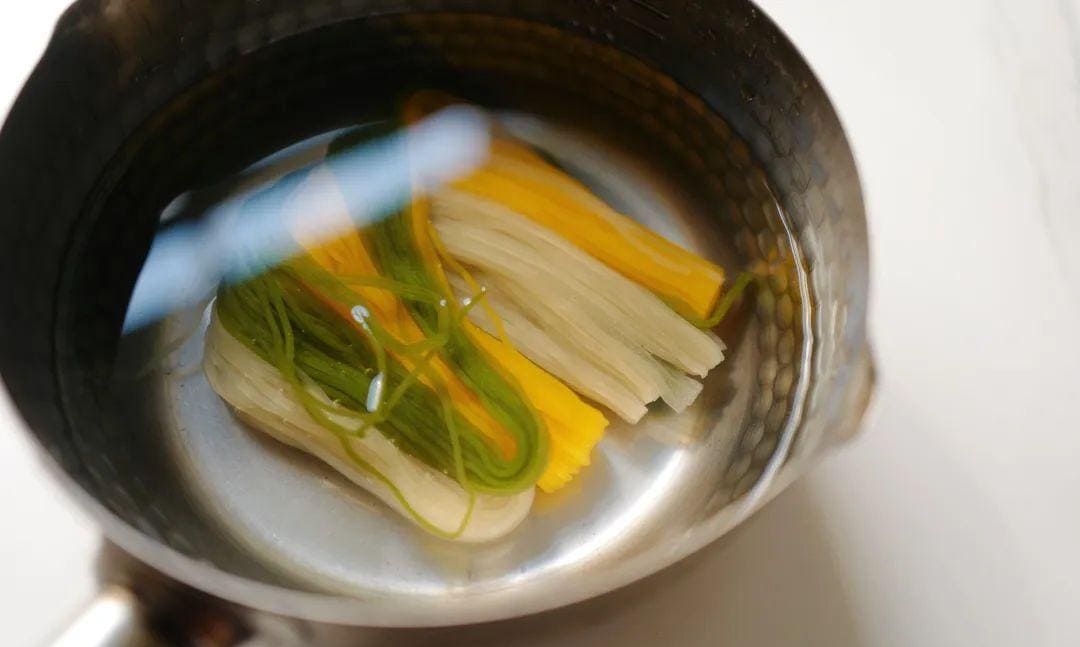
The broth’s seasoning resembles a milder version of beef tallow hot pot, combining spiciness, freshness, and a hint of sweetness, topped with rich sesame paste, layering the aroma and prompting you to devour it eagerly. The portion size of one bag, augmented with extra vegetables or meatballs, is ample enough for two adults.
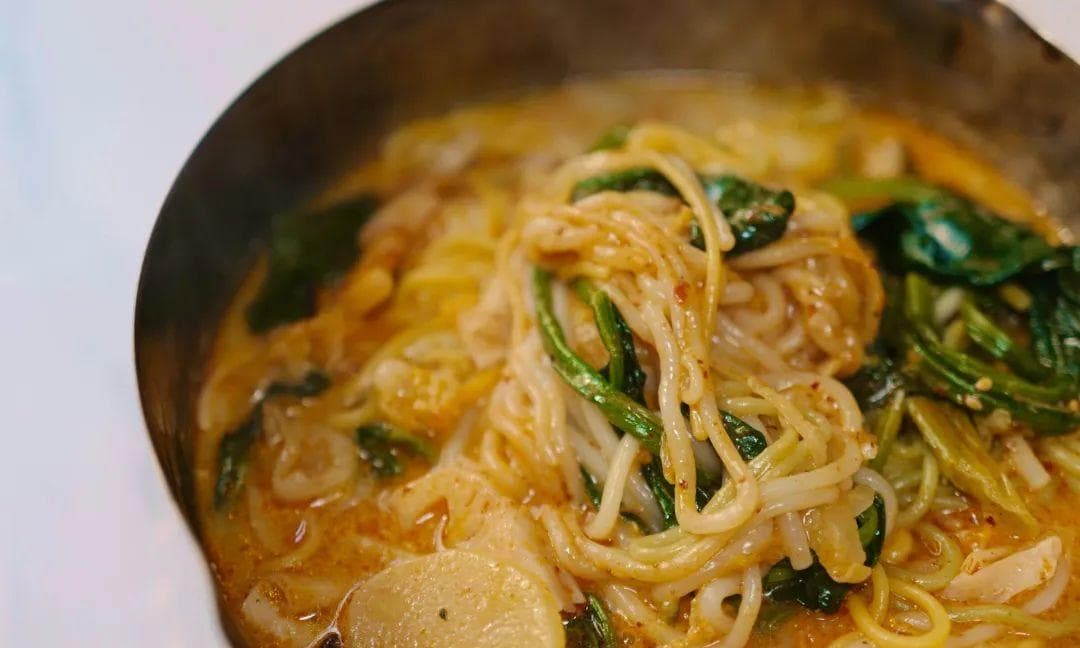
Fushun Chuanming Lao Spicy Mix
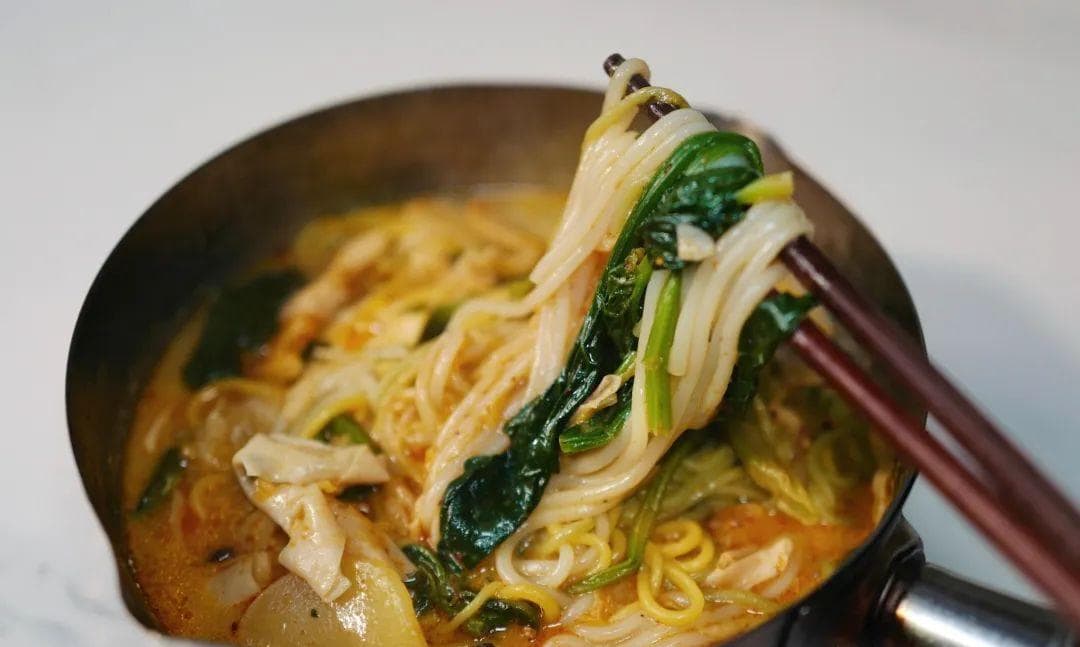
Reference Price: 5.5 yuan/bag
Purchase Channel: Fushun Chuan Xiaowei Spicy Mix Seasoning Store
In my mind, spicy mix is almost like the dehydrated version of spicy hot pot. I simply bought the seasoning packet, which only contains two small bags. It didn’t seem impressive at first, but after finishing it, I desperately wished it could be quickly promoted nationwide. How could it taste so good?
To get authentic Northeastern Spicy Mix, search for “Fushun Spicy Mix” when buying it. It’s said that spicy hot pot was promoted by Northeasterners. When it reached Fushun, a local couple, in an increasingly saturated spicy hot pot market, invented the Spicy Mix as a new way out.
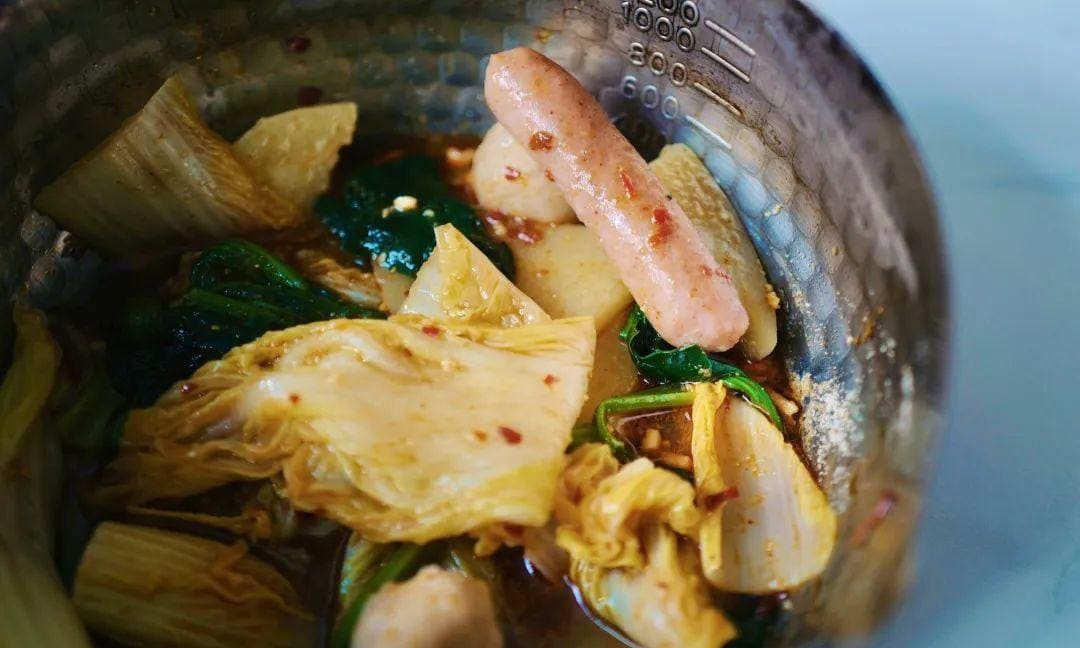
The preparation of the online-purchased spicy mix is very simple. Just randomly blanch some vegetables and meatballs, then drench them with the spicy mix seasoning. There’s no need to add any other spices, and it instantly elevates the plain ingredients to a whole new level.
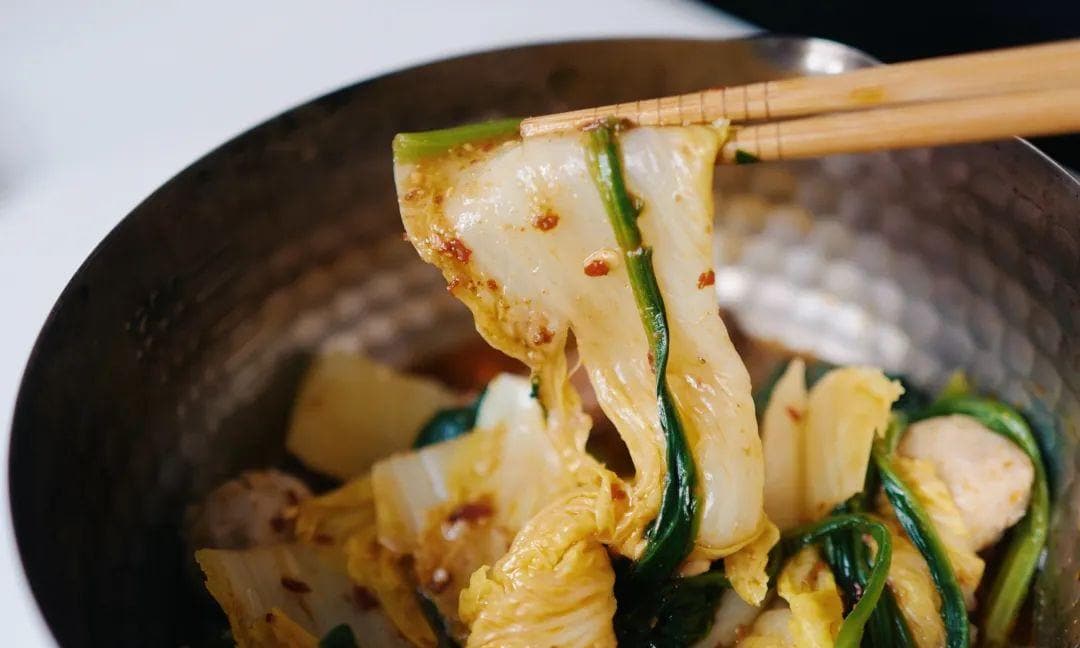
Despite its fiery red appearance, the spicy mix is not too spicy. The flavors are primarily sour and sweet, seasoned with cumin and crushed peanuts, making every bite densely flavorful. I was eager to reorder it before I even finished my first bite.
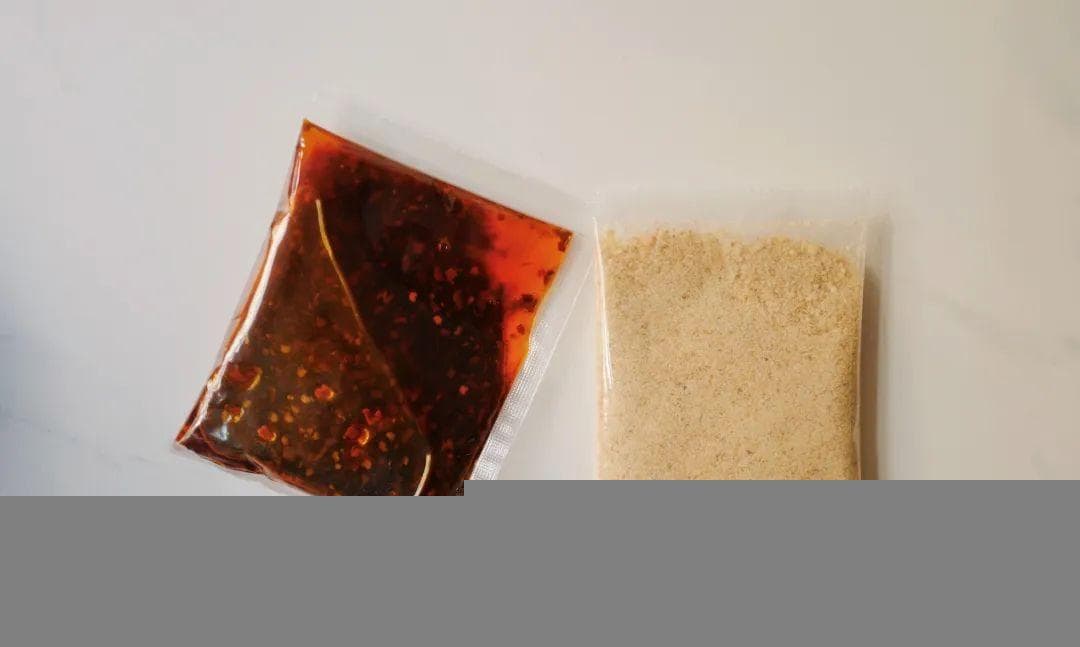
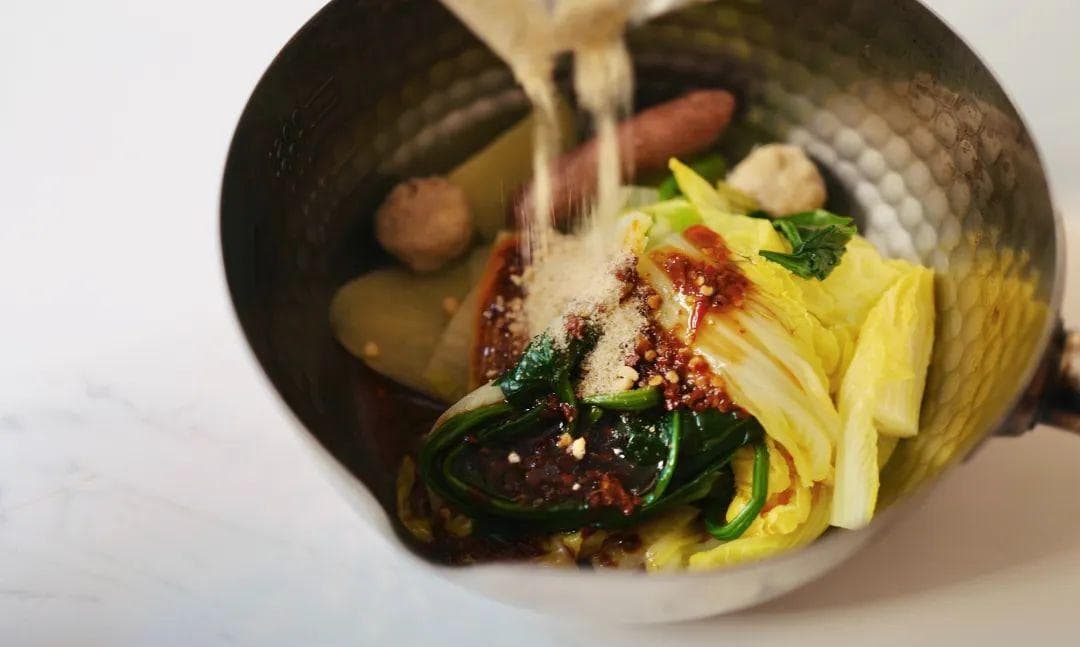
Northeastern Sticky Bean Buns
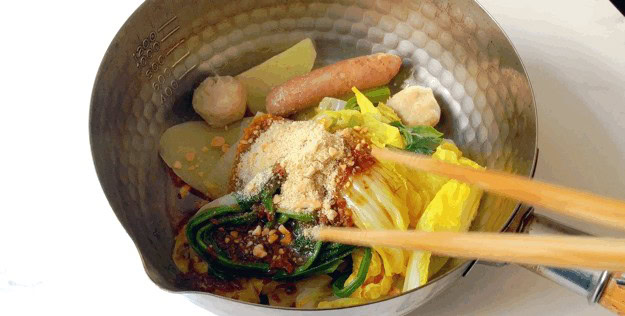
Reference Price: 14 yuan/bag
Purchase Channel: Gongtianxia Condiments Specialty Store
For Northeasterners thinking of food after leaving home, sticky bean buns are definitely in the top three, especially in winter. “When December arrives, steam bean buns; hot steam rises, aroma spreads.” The warm sticky bean buns capture the nostalgia of Northeasterners.
Generally, sticky bean buns sold on the market come in two colors: yellow, made from yellow rice flour, and white, made from round glutinous rice. Fresh out of the freezer, they are as hard as bricks. After steaming for about ten minutes, they turn into soft, elastic buns.

The first time I ate them, I expected the filling to be wet red bean paste, but it’s actually a drier kidney bean paste. When eaten plain, they are not very sweet. The correct way is to dip them in white sugar before eating.
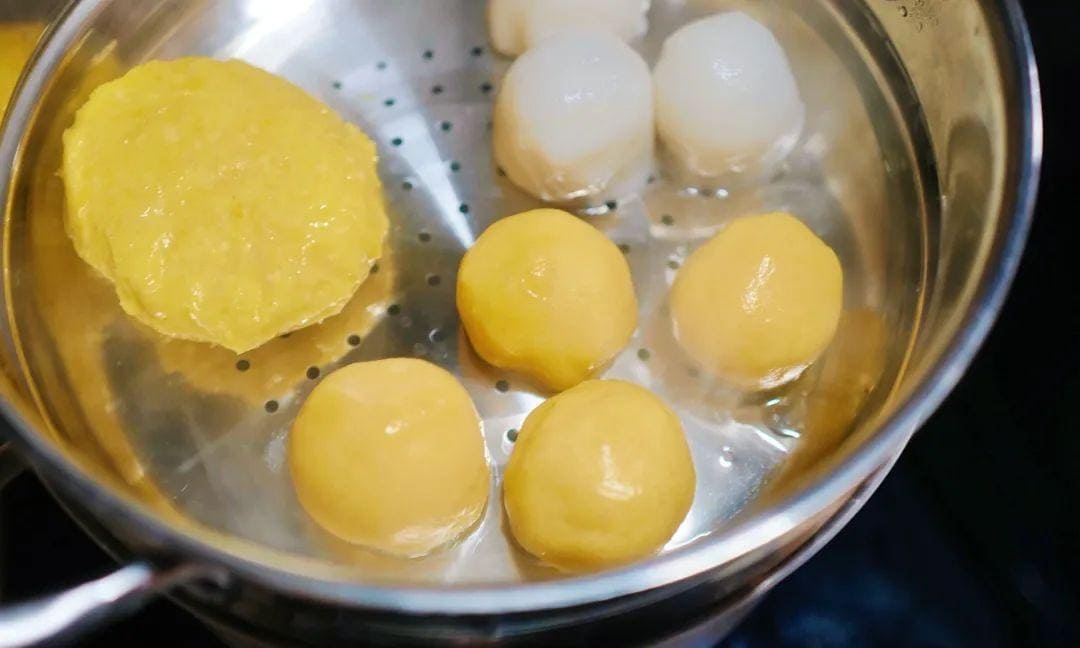
The sticky outer layer clings to the chopsticks like glue, and you can feel the elasticity as you stretch it. Once in your mouth, the mild grain aroma swirls around first, then the natural bean flavor comes through, offsetting the sweetness of the sugar. Every bite is a solid joy.
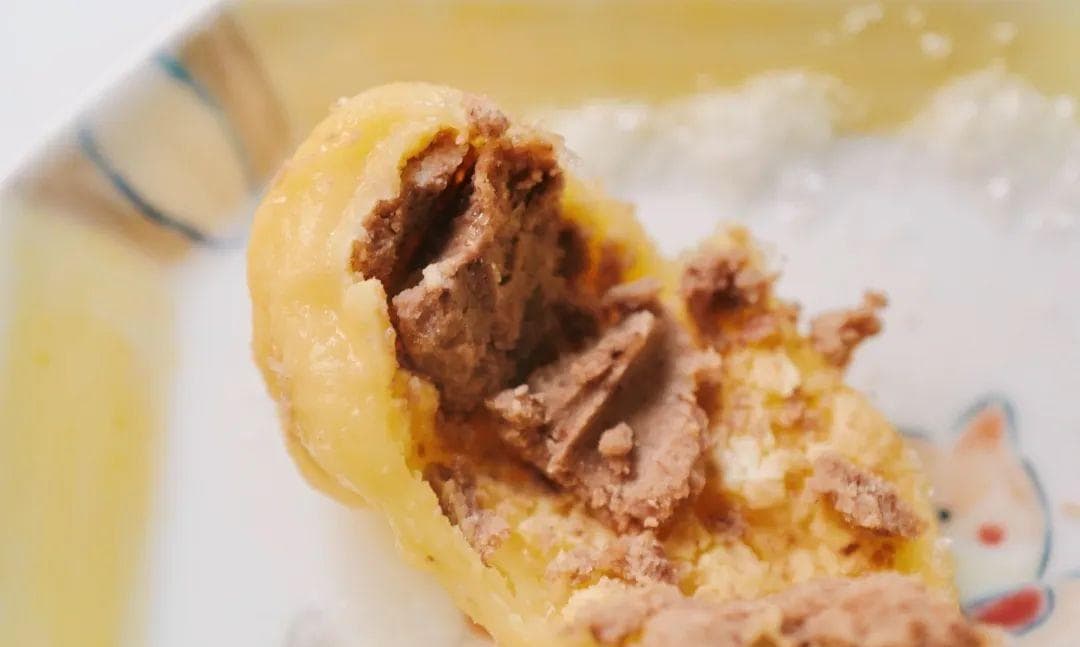
You can tell how sticky it is by the state of my chopsticks.
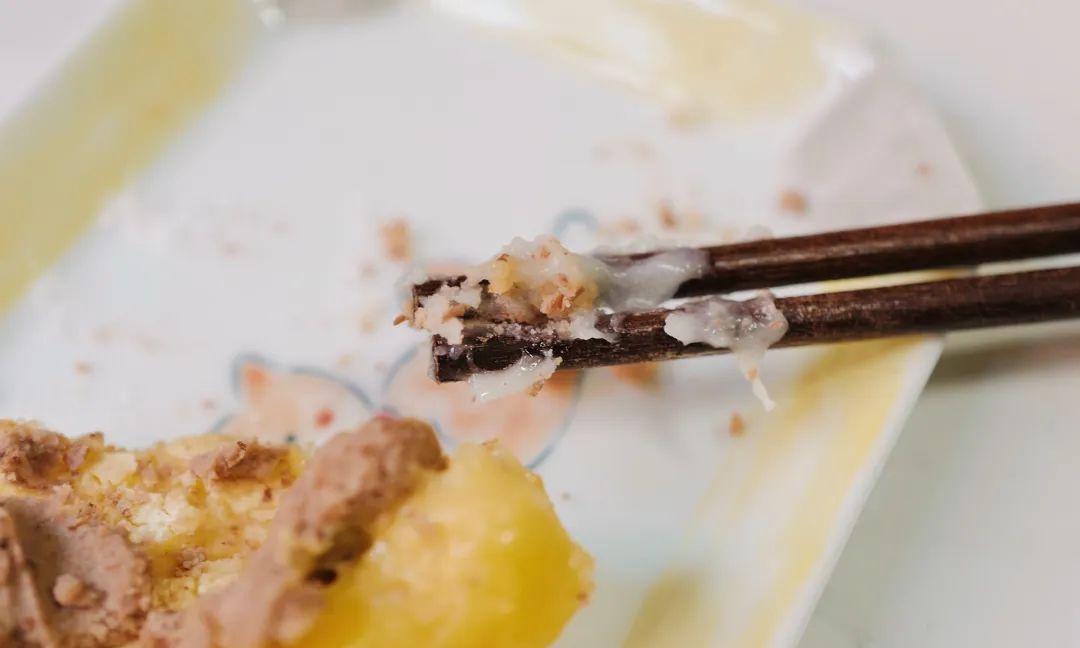
Corn Mash Baos
Reference Price: 5 yuan/bag
Purchase Channel: Zichen Food Specialty Store
I’ve always had a fondness for corn-flavored foods. I’ve been longing for the corn patty I once had in Enshi for a long time. This Northeastern corn mash bao has a simple ingredient list consisting of corn mash, salt, green onions, and soybean oil (though I didn’t taste the onions). It is delicious when steamed.
The outer stickiness of the corn mash bao is comparable to the sticky bean buns mentioned earlier. However, inside you’ll find it retains a significant amount of corn fibers, making the texture much rougher and less sticky.
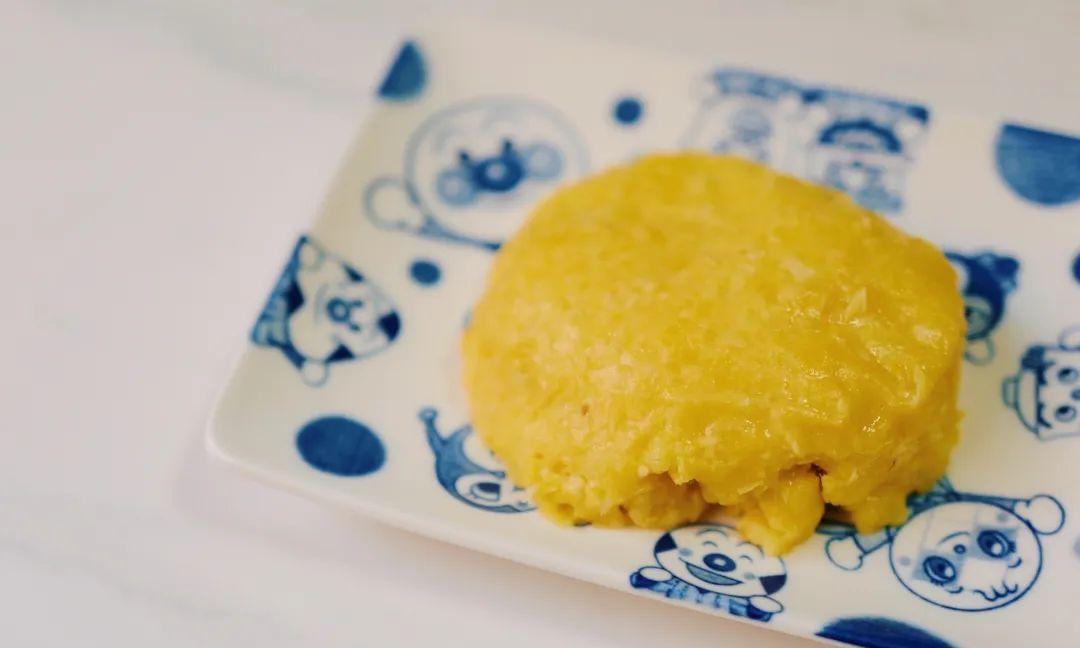
The taste is a simple and elegant corn fragrance; with a few more bites, a slight sweetness lingers. It might seem plain at first, but the gentle aroma of whole grains tempts you to keep eating, and before you know it, you’ve finished one.
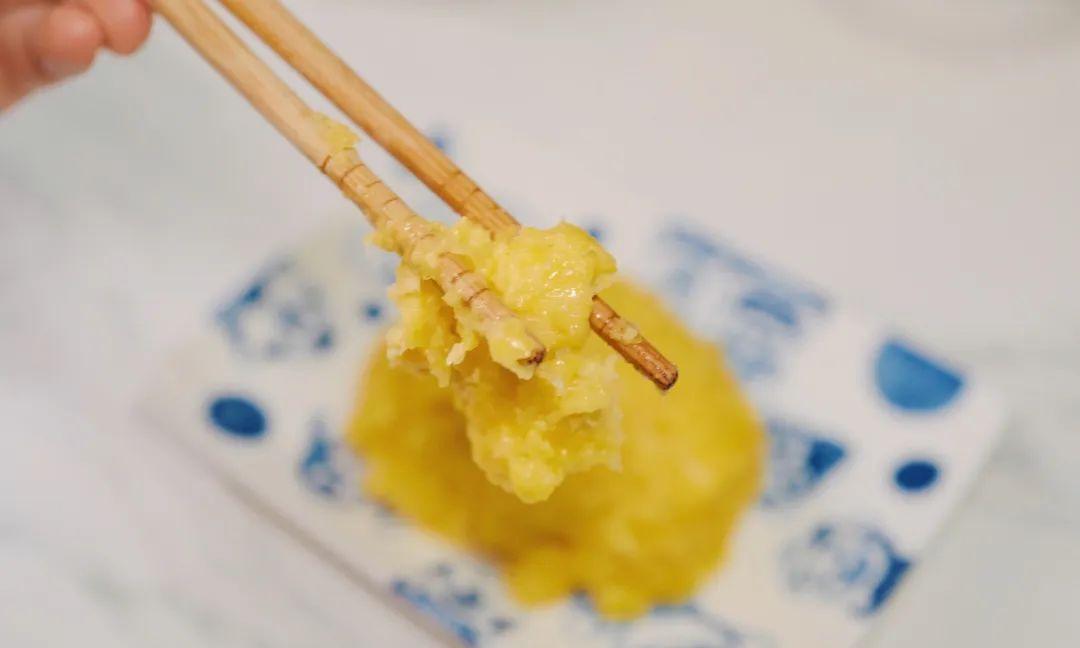
Cuihua Sauerkraut
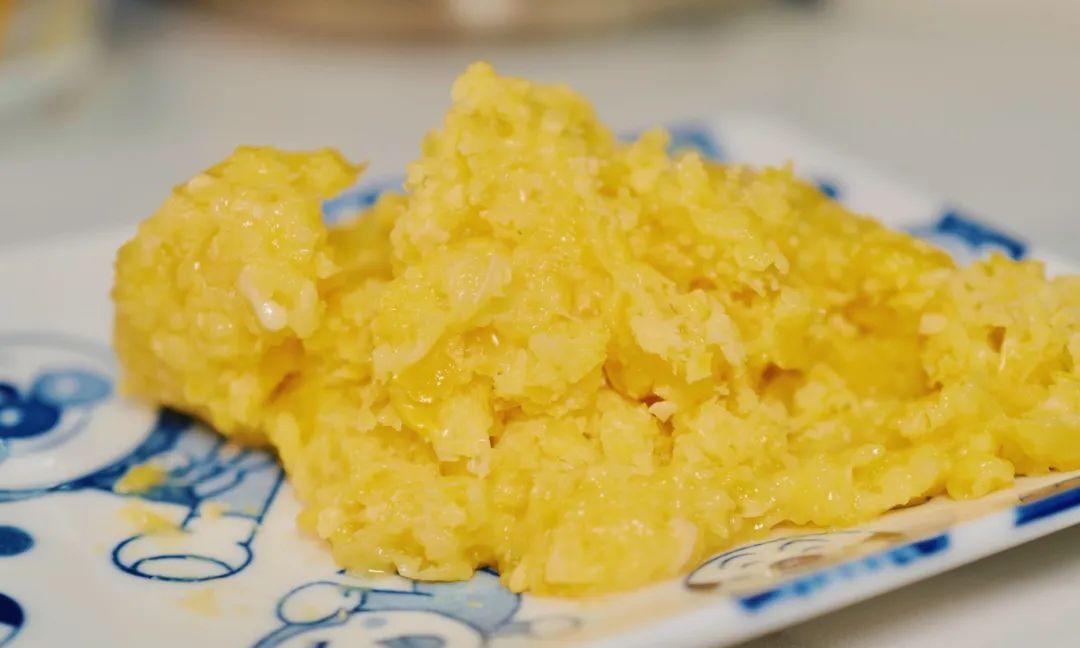
Reference Price: 7 RMB/bag
Purchase Channel: Zichen Food Specialty Store
Speaking of my childhood impressions of Northeast China, I can’t forget a song “People from the Northeast are all as helpful as Lei Feng.” One line goes, “Cuihua, bring the sauerkraut~” I’ve remembered it till now, and it’s surprising that I’ve actually bought sauerkraut from the “Cuihua” brand as an adult.
As soon as you open the bag, a unique fermented smell rushes up your nose. With a quick rinse, it’s ready for various dishes—sauerkraut dumplings, sauerkraut stewed with pork, sauerkraut stewed with vermicelli… If you’re skilled, you can make all sorts of recipes.
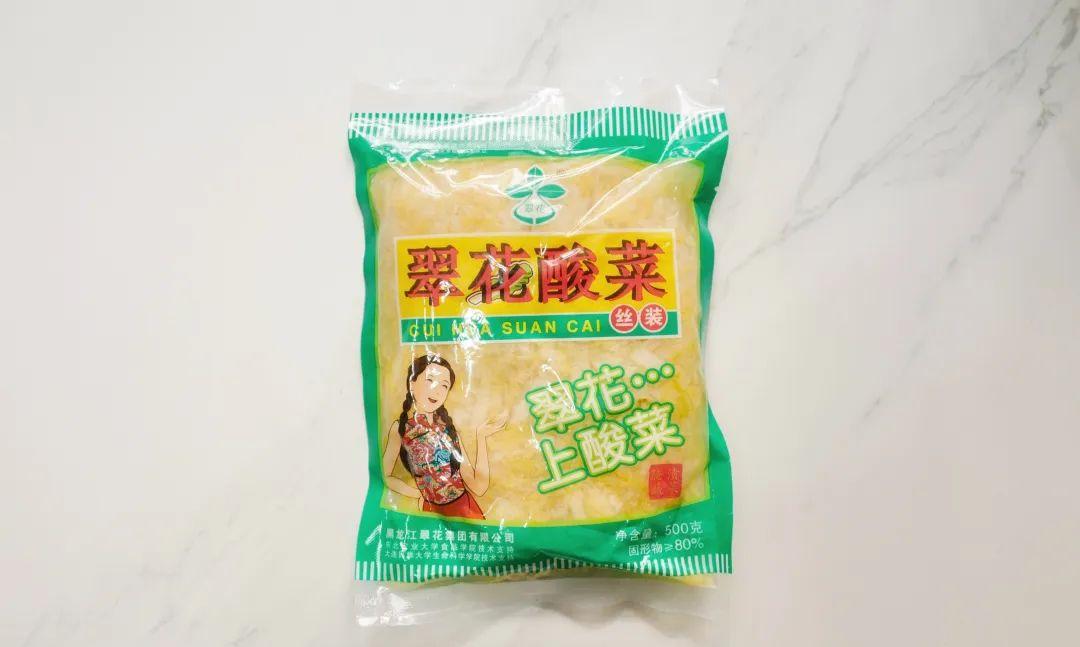
If your cooking skills are as limited as mine, you can add a spoonful of sauerkraut to instant noodles or hotpot. The fresh and crispy sauerkraut livens up the overall flavor.
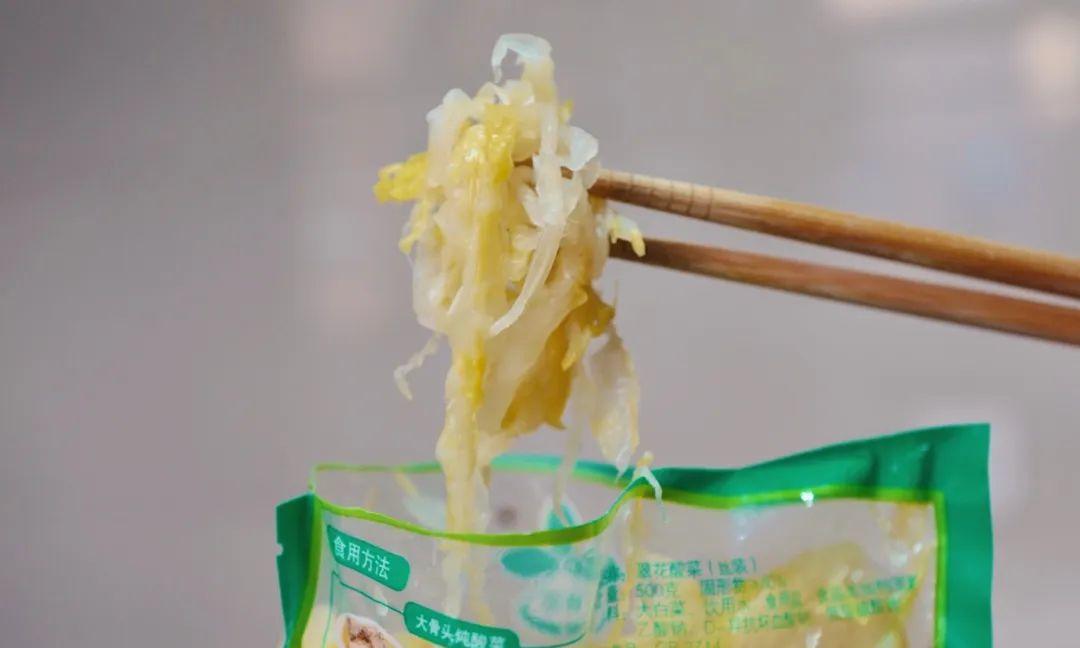
I once reviewed the ready-to-eat sauerkraut developed by Professor Ling and his colleagues from Heilongjiang University, which also tasted great. Its sourness is gentler compared to this one.
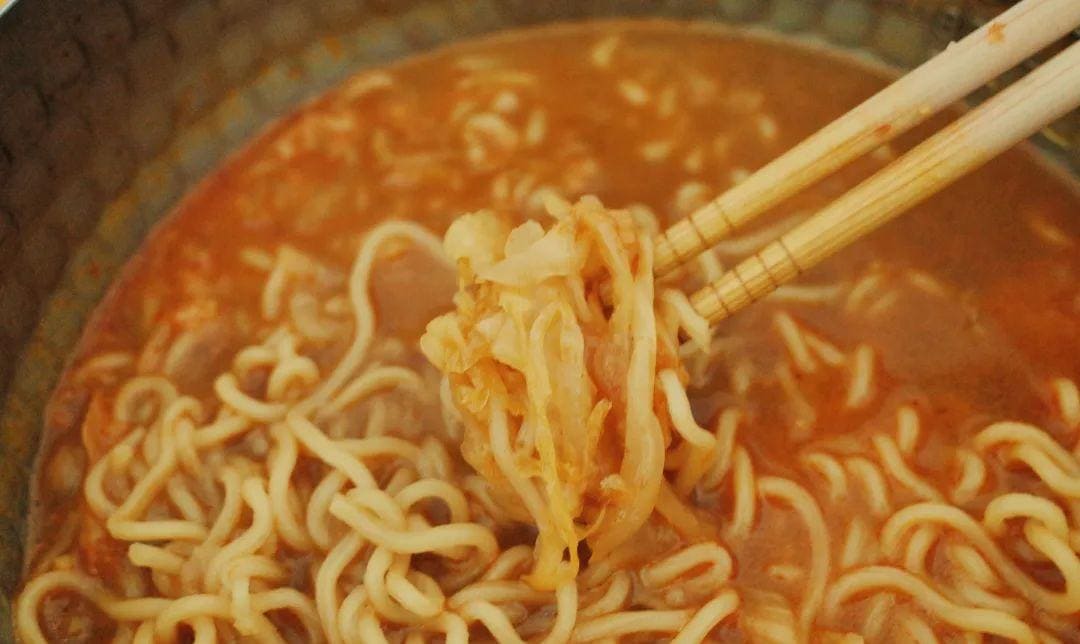
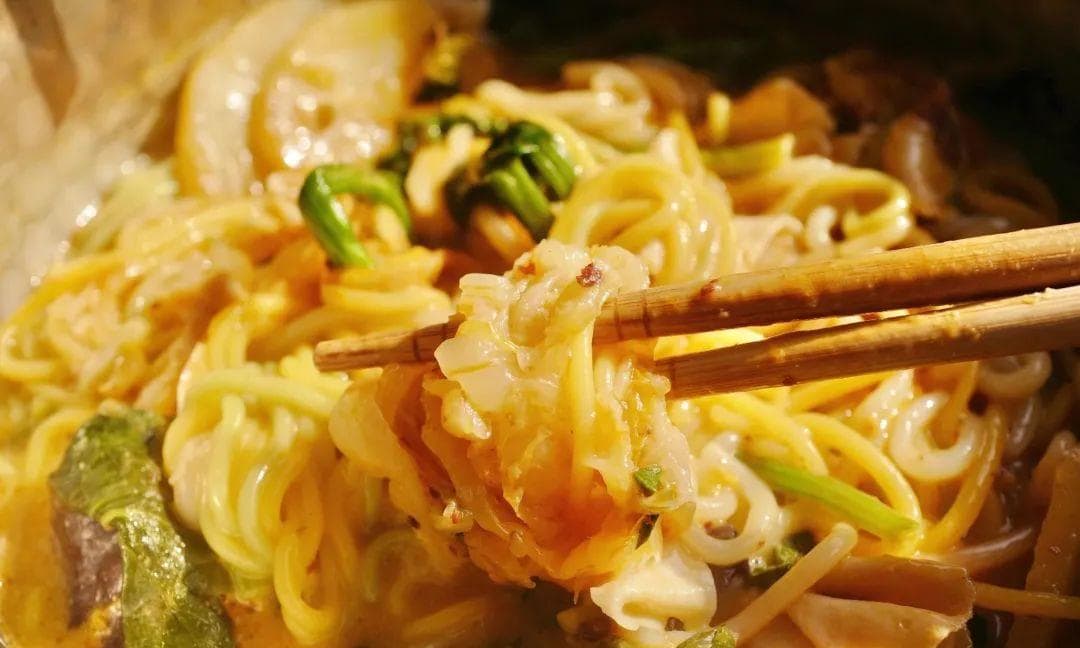
Korean Kimchi
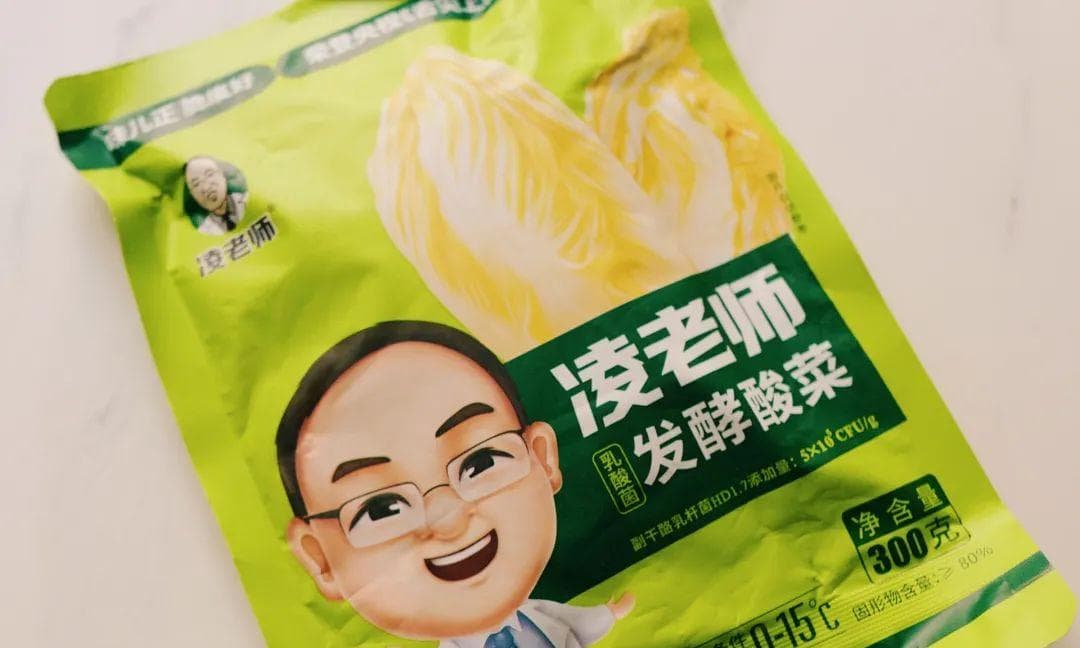
Reference Price: 13 RMB/bag
Purchase Channel: Yanbian Commercial Agency
In the Northeast, aside from sauerkraut, people in Yanbian also pickle various vegetables in jars. With just salt, sugar, bean paste, soy sauce, and chili, anything can be pickled. This time, I tried pickled radish and pickled young canola.
The pickled radish makes a crispy “crunch” sound when you bite into it, with a texture much tougher than expected. The seasoning is a bit like the chili cabbage you usually eat, but less spicy. Just a small piece of pickled radish can provide endless flavor; I could eat it with plain rice for a long time.
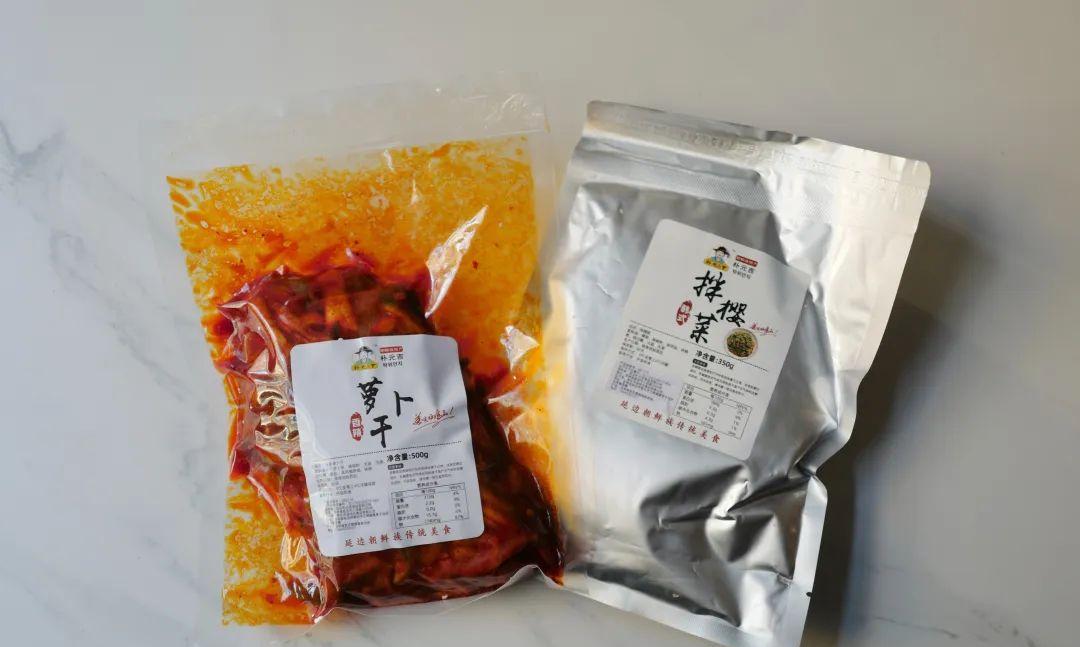
Compared to pickled radish, I prefer the pickled young canola. Its sourness stands out more, offering the unique salty-umami flavor that comes from fermentation. The texture is also much more tender, similar to a delicate version of spinach.
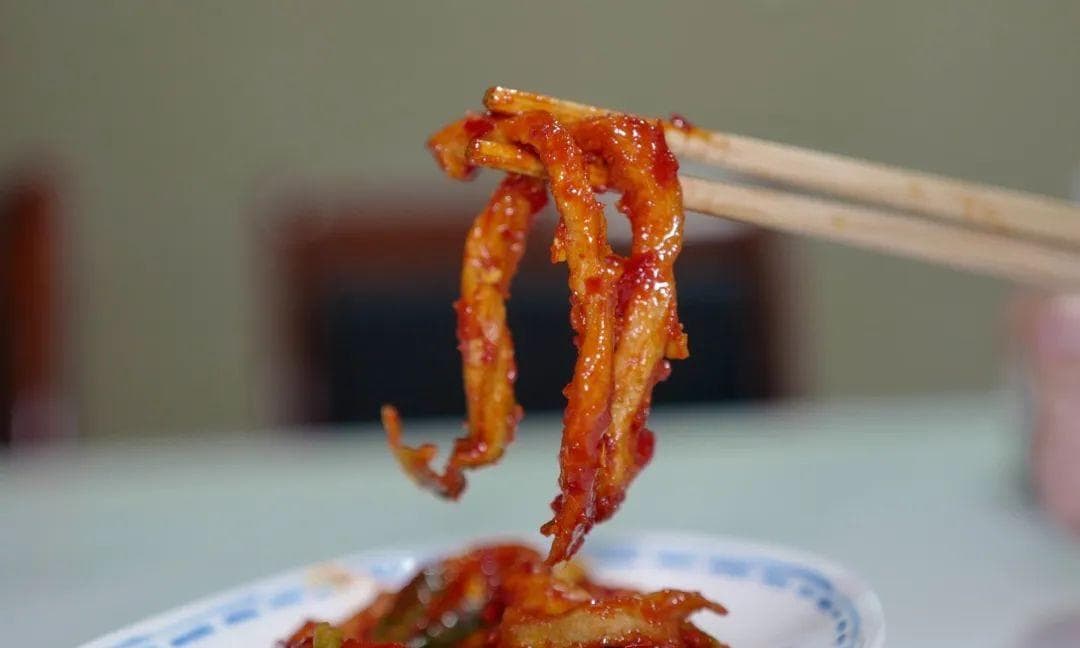
Songhua Chicken Sausage
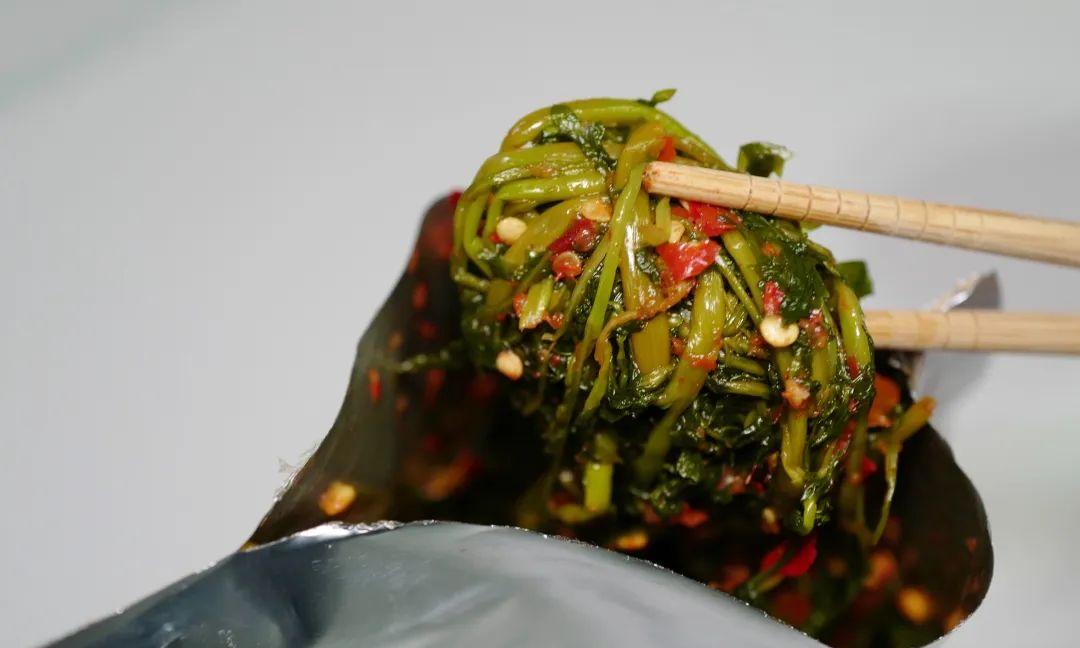
Reference Price: 20 RMB/bag
Purchase Channel: Daotaifu Official Store
You’ve probably eaten century eggs and chicken sausage separately, but have you ever had a chicken sausage with a whole century egg inside? This is the magical Songhua Chicken Sausage.
Before purchasing, I had already seen some influencers eat Songhua Chicken Sausage, but holding it in my hands, I was surprised by its hefty weight. When you first unwrap the sausage, it looks like a solid beggar’s chicken, with a golden-yellow sausage casing glistening with oil.
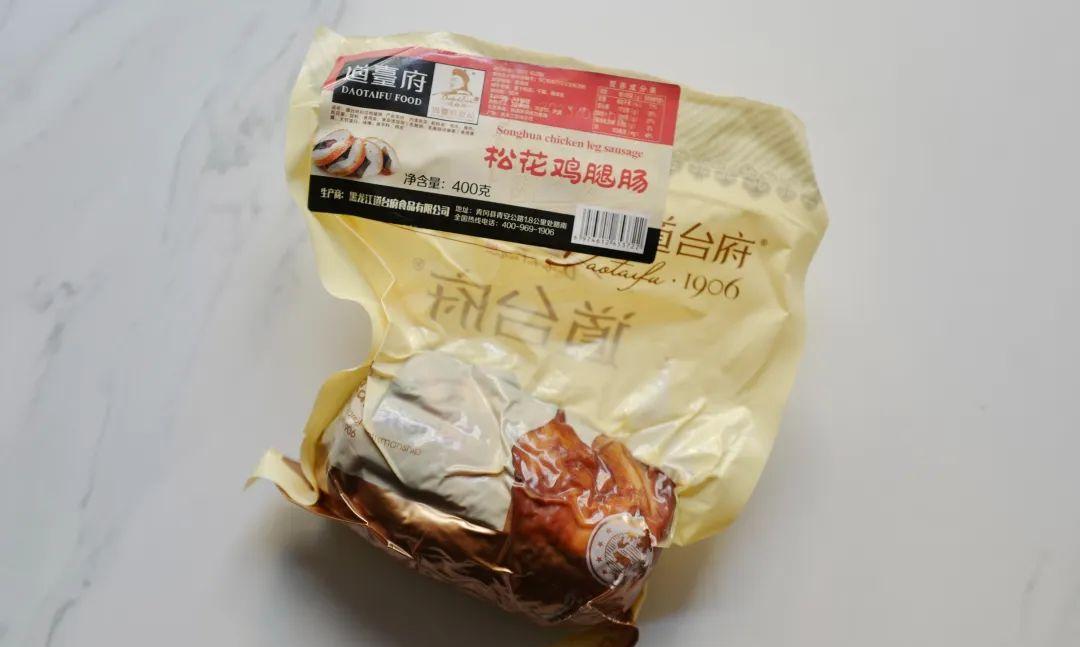
As I cut into it, I felt a bit like someone gambling with jade; slicing it open reveals the century egg inside.
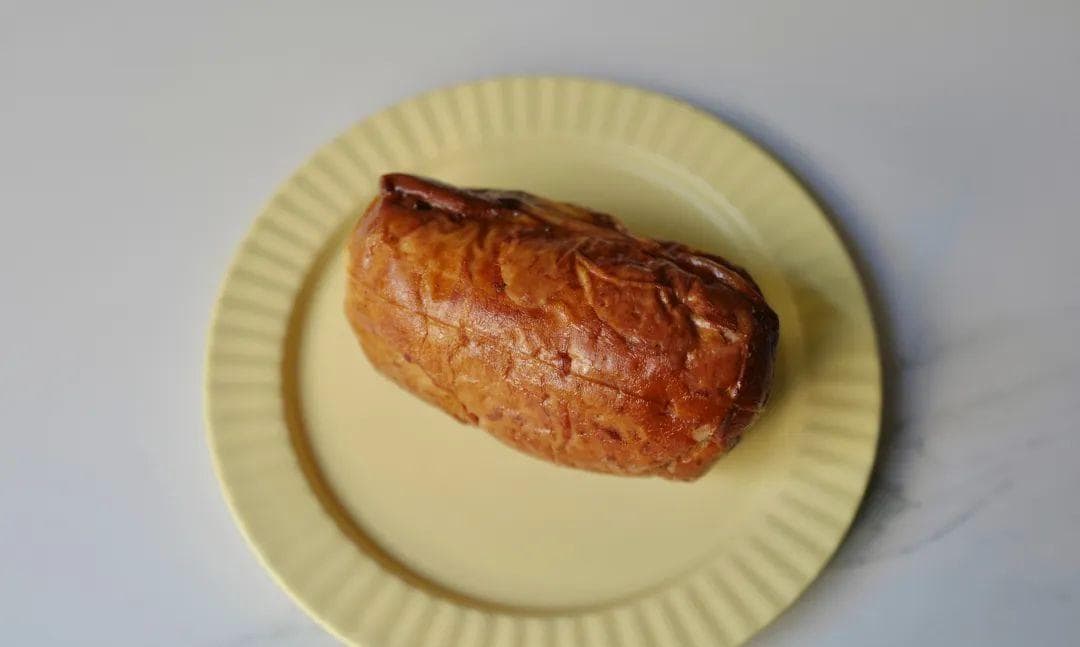
When you first take a bite, you can immediately feel the chewiness and elasticity of the sausage. The smoky flavor permeates every mouthful of meat, bringing a salty and savory taste, but not overly so, making it palatable even when eaten on its own. After a few more bites, you get to the century egg, which tastes milder than usual, like a low-oil version. When paired with the sausage, the texture is quite intriguing. I think it makes for a pretty good snack to accompany drinks.
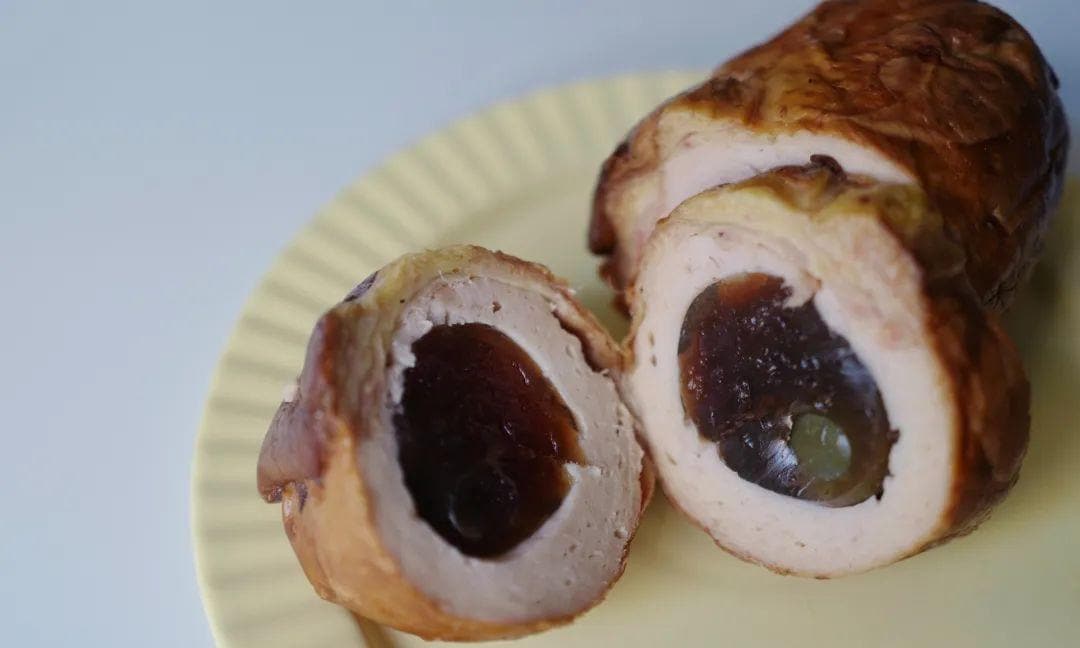
Time for something sweet!
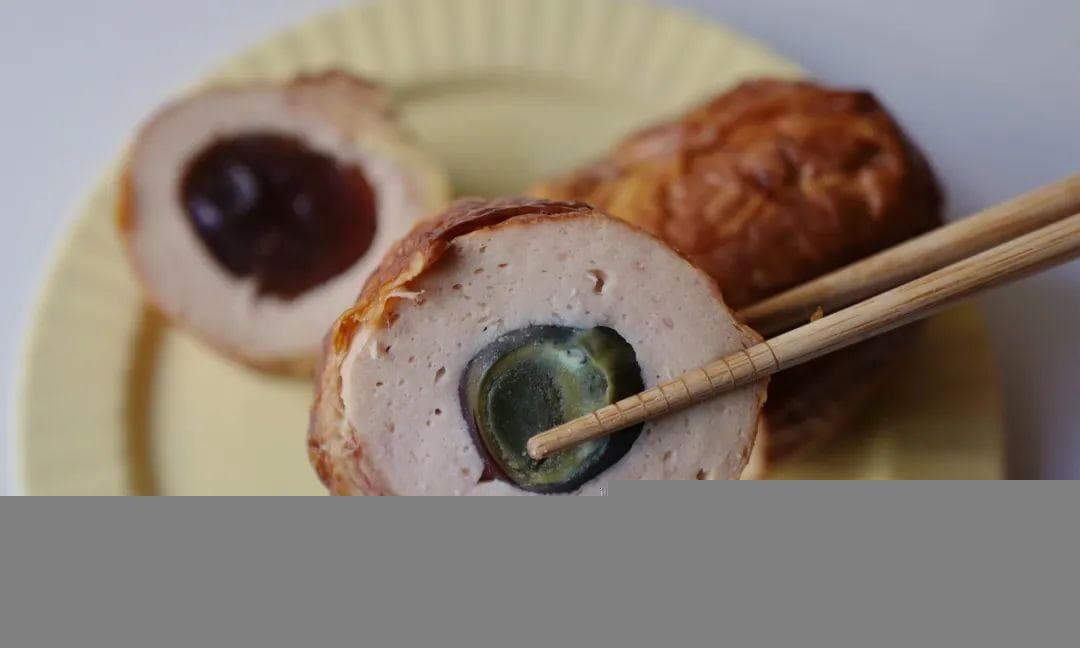
Bulaolin Candy
Reference Price: 21 RMB/500g
Purchase Channel: Bulaolin Official Store
In the hearts of people from Northeast China, Bulaolin candy holds a place as significant as White Rabbit Creamy Candy does for Shanghainese, or coconut candy does for Hainanese.
I spent 20 RMB to get a full pound of these candies. The brightly colored packaging looks quite nostalgic, giving off a cheerful vibe. The mixed pack includes five flavors, and after trying them all, my preferences are: almond flavor > coconut milk flavor > lychee flavor = banana flavor = cantaloupe flavor.
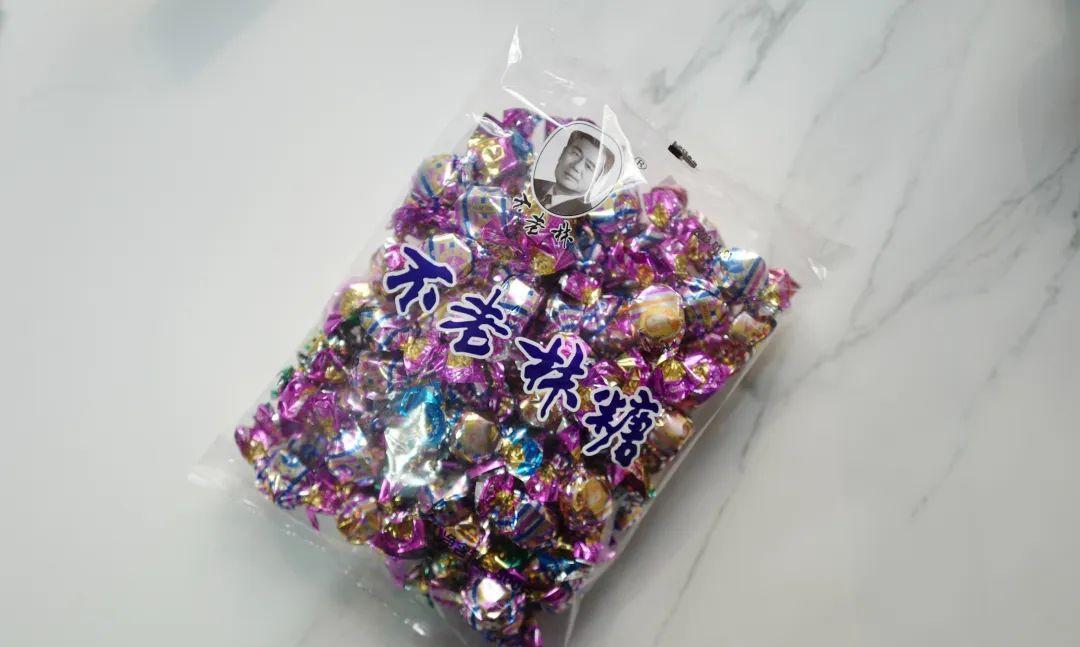
The outer layer of the candy is a thin circle of chocolate, with nougat containing crushed peanuts inside. The candy is crunchy when you first bite into it, breaking into several pieces in your mouth. After holding it in your mouth for a while, it becomes chewy.
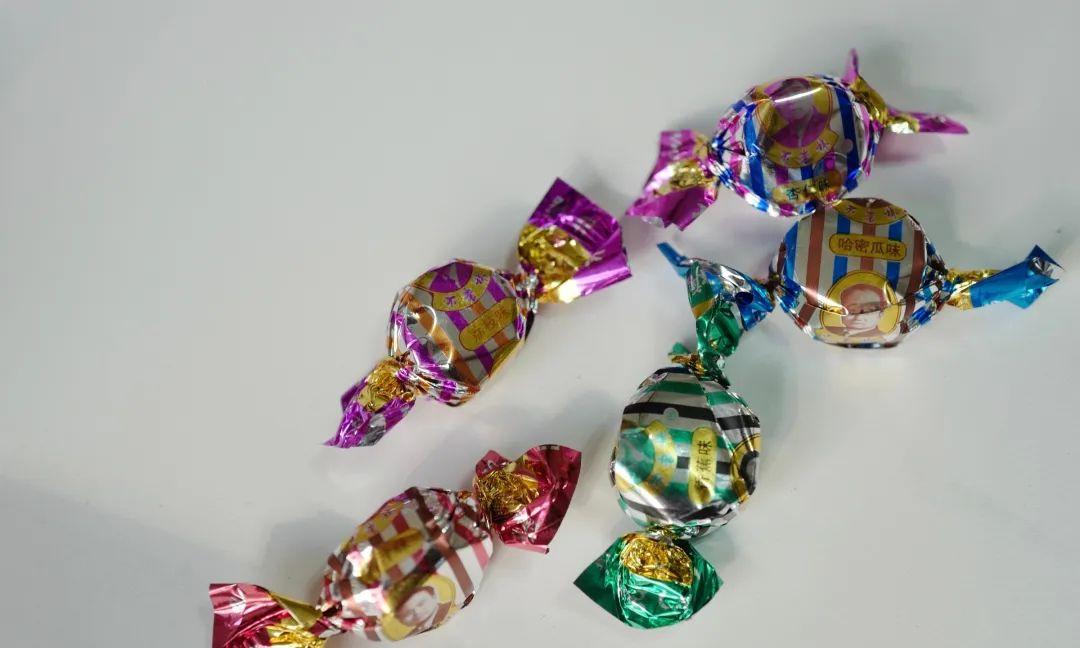
My favorite almond flavor goes very well with the peanuts, enhancing the creamy taste. The coconut milk flavor is actually very close to the almond flavor, with no distinct coconut aroma, so it’s hard to go wrong with it. The remaining fruit flavors are somewhat odd to me, reminiscent of the overly fancy ice pops from my childhood.
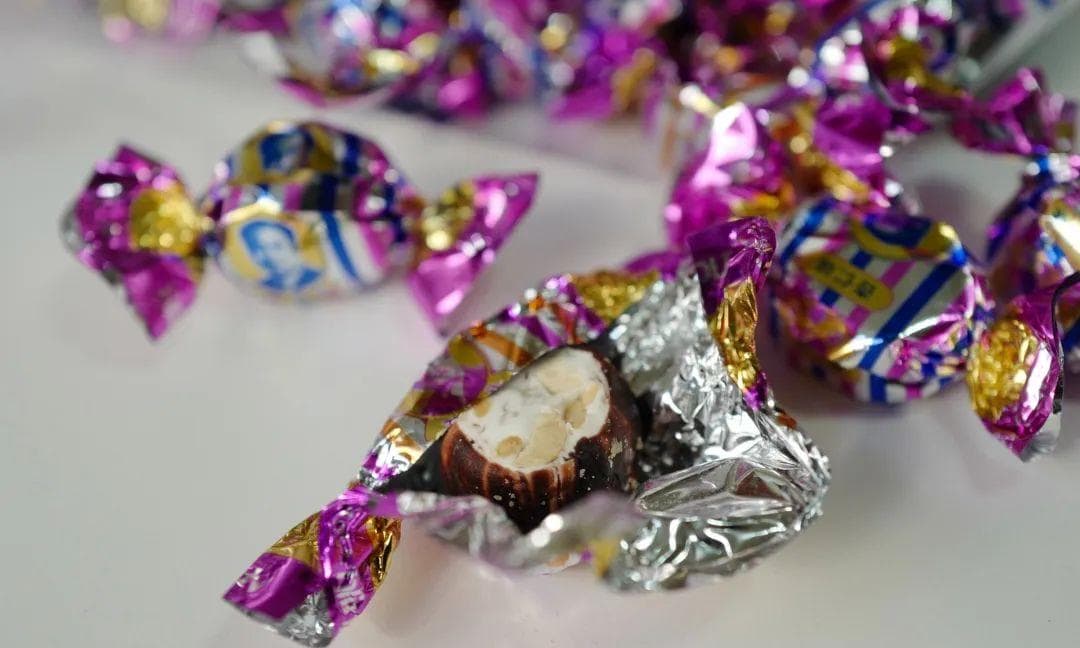
Zhenxin Canned Yellow Peaches
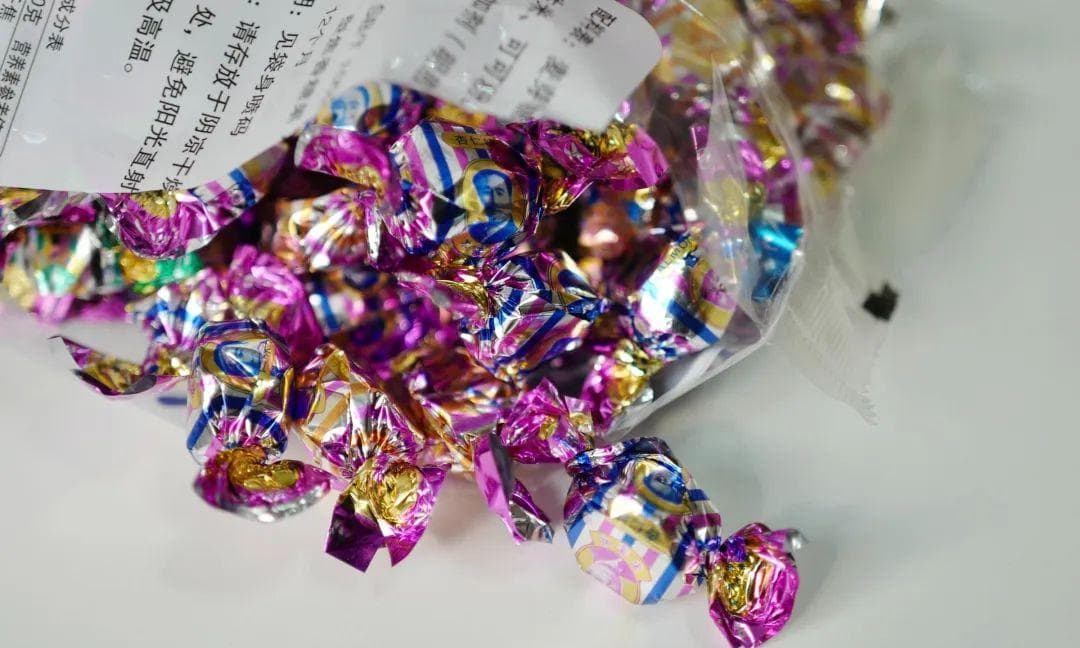
Reference Price: 28 RMB/can
Purchase Channel: Yupin Food Store
When it comes to making canned fruit, you can always trust people from Northeast China. Recently, it was nearly impossible to find canned yellow peaches, and I finally got my hands on a can after waiting for over half a month.
Following the recommendation of my friends from Northeast China, I bought the Zhenxin brand this time. The texture of their peach flesh is like that of a fully ripened fruit just before it falls to the ground. When you scoop it with a spoon, the flesh is as soft as a person lazing in bed.
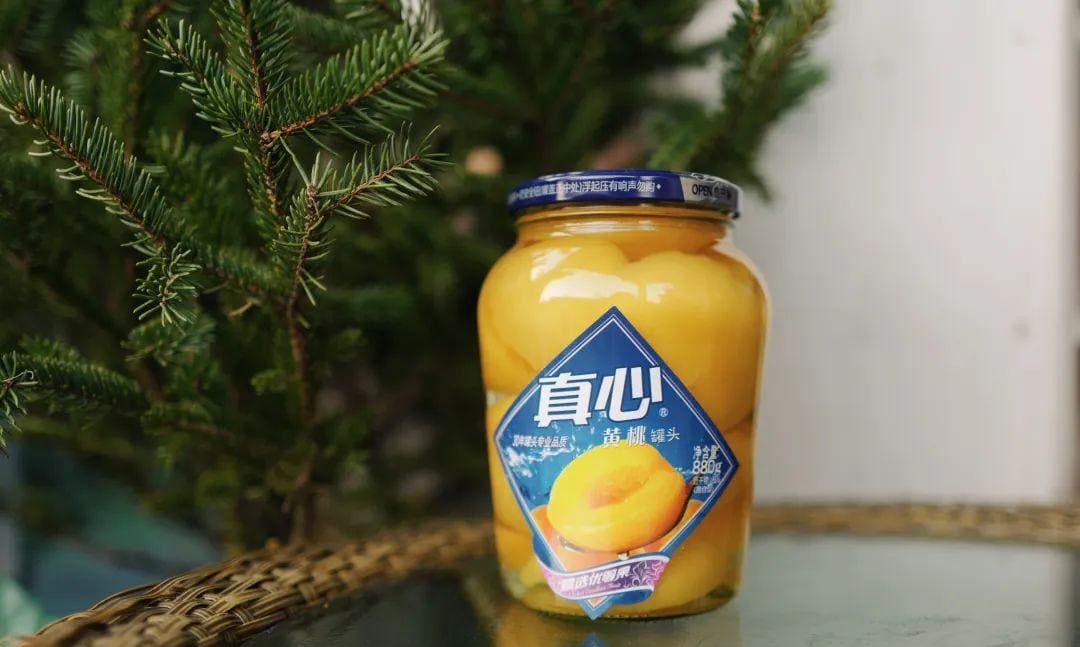
As soon as the syrup-soaked peach flesh enters your mouth, the bright peach aroma spreads, with a slight tartness. After a few more bites, you can feel the fibers of the peach flesh. Compared to other canned peaches, their syrup is thicker but with just the right sweetness. Even without the nostalgic sentiment of my friends from the Northeast, I would still be willing to repurchase this canned yellow peach.
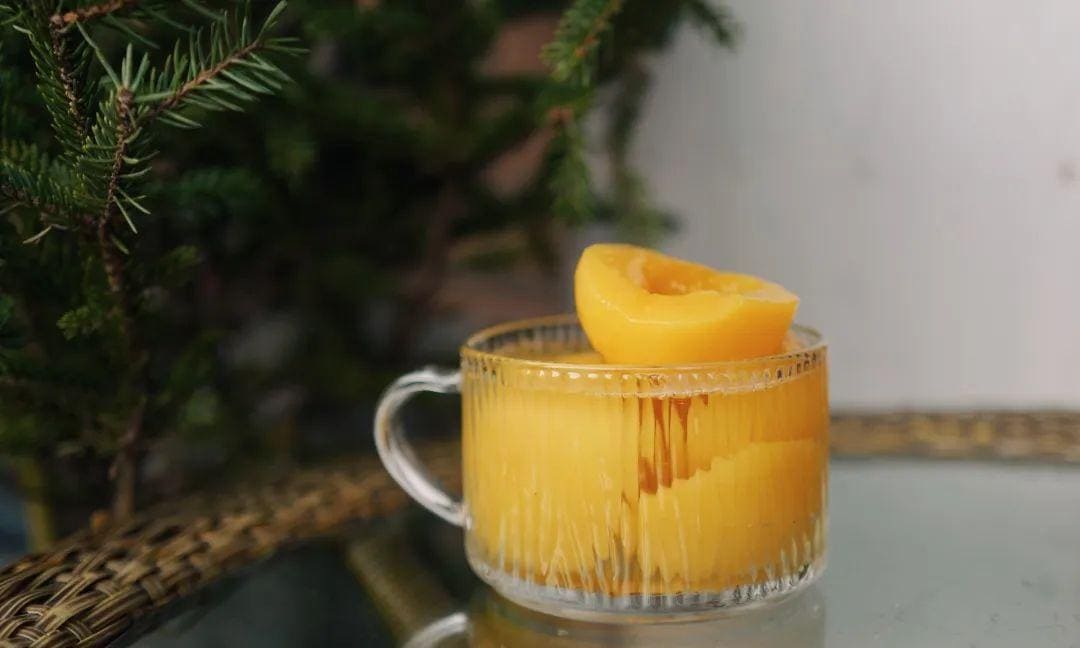
Dandong Heigou Large Hairy Peach Canned
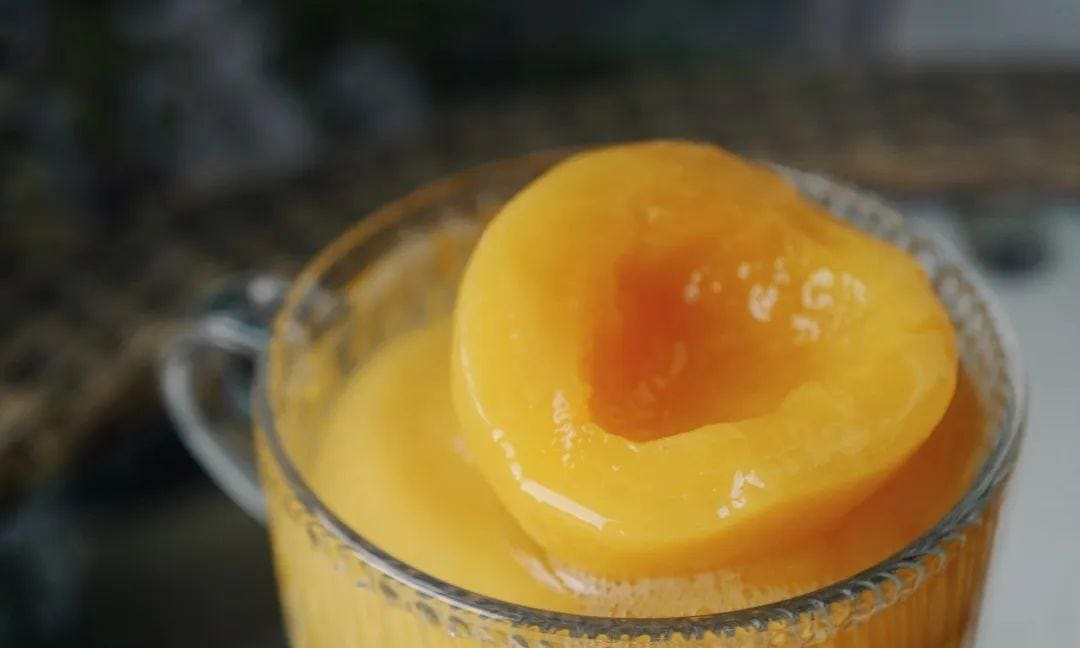
Reference Price: 20 RMB/can
Purchase Channel: Yana Grocery Store
Heigou is actually a small town in Dandong. The large hairy peaches produced here are big, with full, fragrant flesh. During peach season, almost every household in the area makes their own canned hairy peaches.
The ingredients for the large hairy peach can are very simple: hairy peaches, drinking water, and granulated sugar. As soon as you open the lid, the fresh peach aroma greets you, and the large, pinkish peach slices make my mouth water involuntarily.
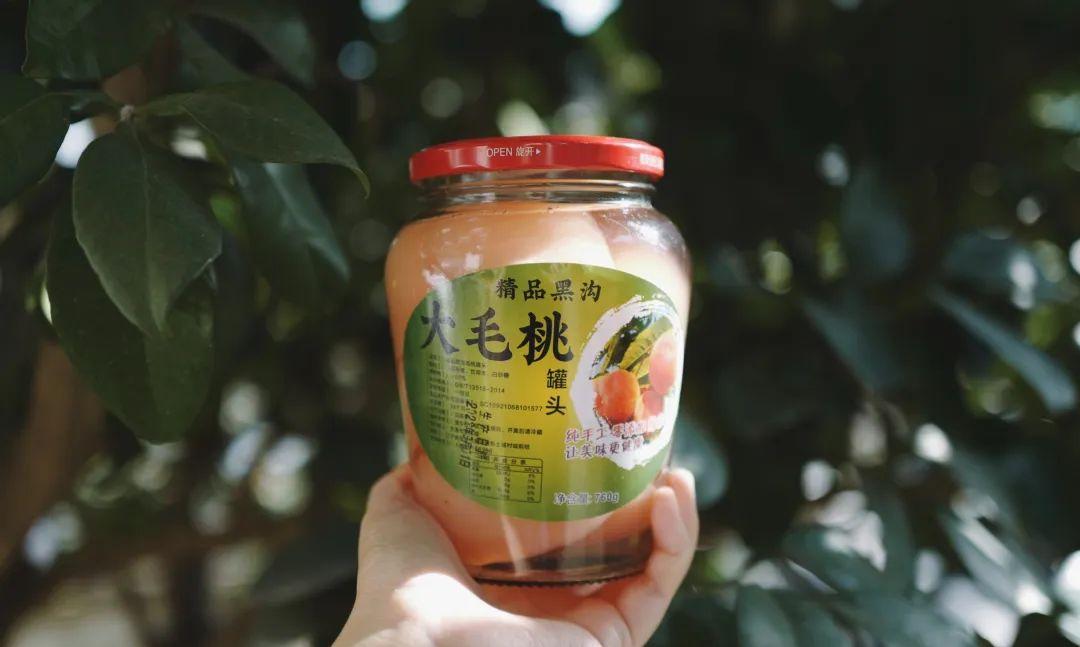
Taking a bite, it’s not just overly sweet; instead, it’s the refreshing and lively peach flavor that stands out. The syrup’s texture isn’t too thick, and after eating, there’s no uncomfortable feeling in the mouth. Moreover, the hairy peaches are juicy enough that halfway through biting into the peach meat, you can already feel the peach juice oozing out.
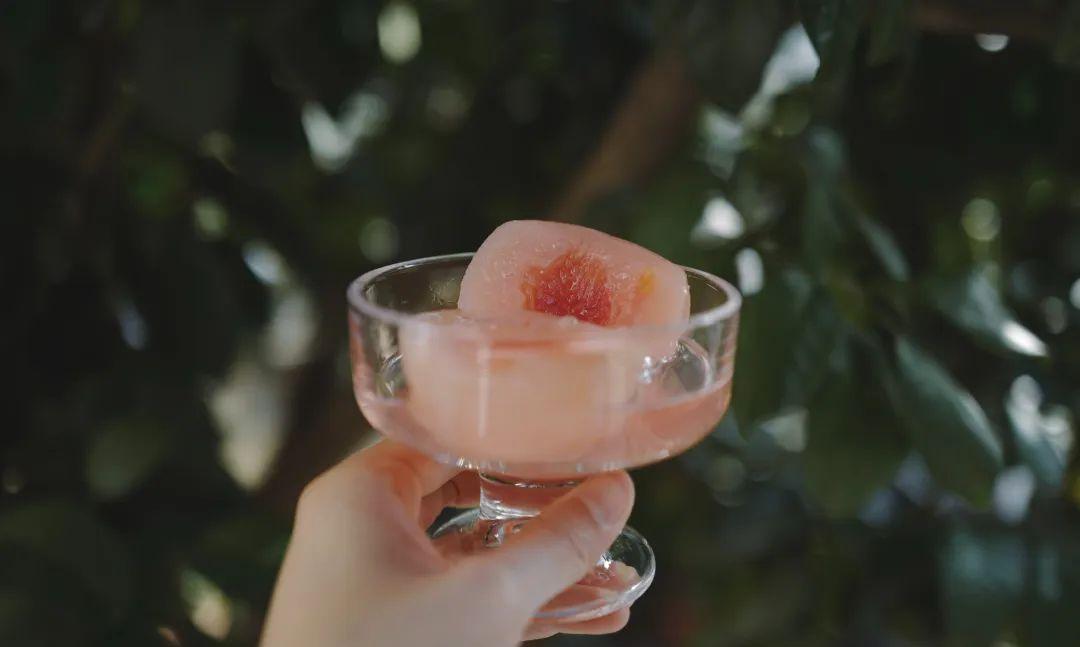
By the way, the crispness of the peaches in this canned product varies quite a bit. Some thicker peach flesh remains crisp and lightly sweet, while the riper peach flesh is already soft and mushy, with a more noticeable fiber texture and a sweeter taste. I personally quite enjoy it.
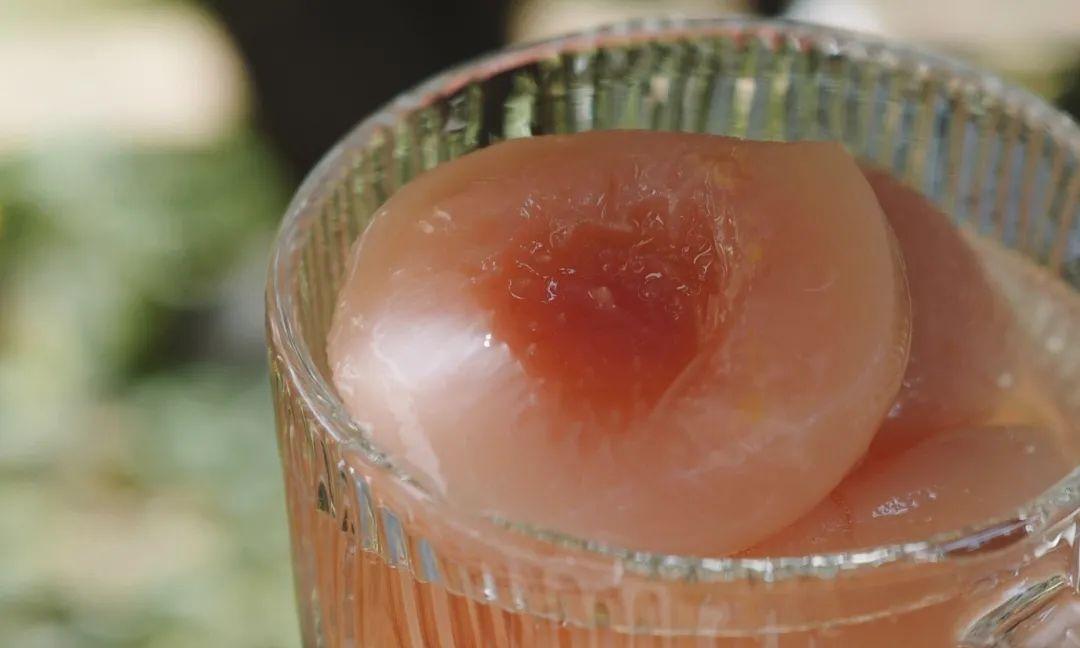
Let’s chug it down together!
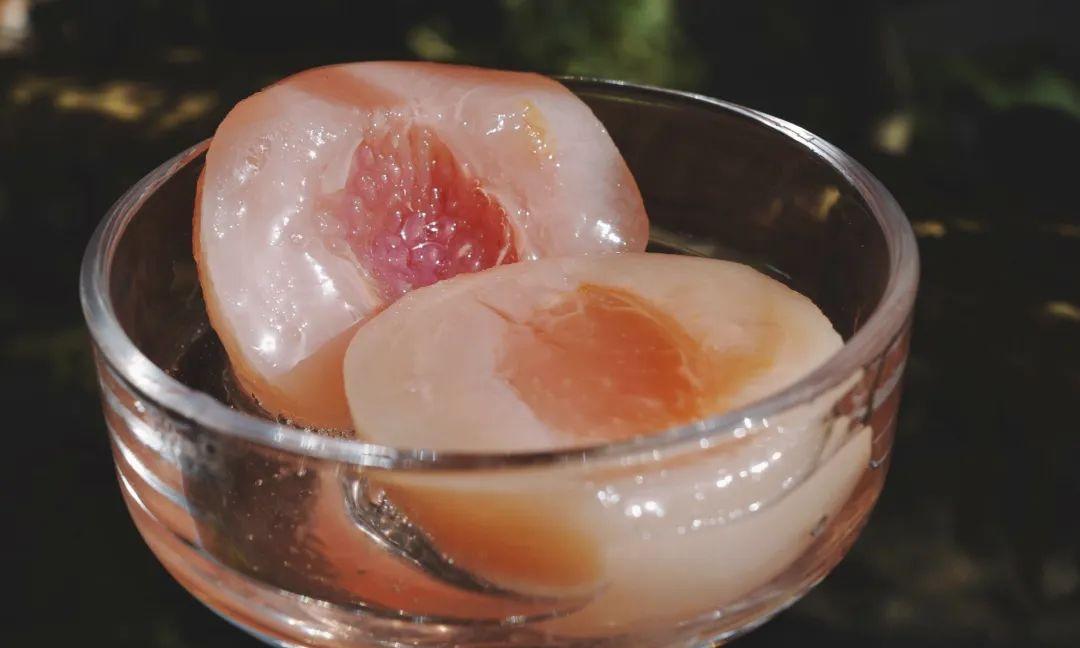
Mulan Flower Fruity Milk
Reference Price: 2 yuan/bag
Purchase Source: Yijia Ren Northeastern Specialty Products
Mulan Flower Fruity Milk can be considered a drink that triggers the same taste nerve for people from Liaoning. Many from the ’80s and ’90s in Liaoning probably remember it from their childhood.
Its taste is very similar to Liziyuan from Zhejiang, with the sweetness overpowering the milk flavor and a hint of fruitiness. The texture is light and thin, leaving a refreshing feeling in the mouth similar to sipping on an old popsicle.
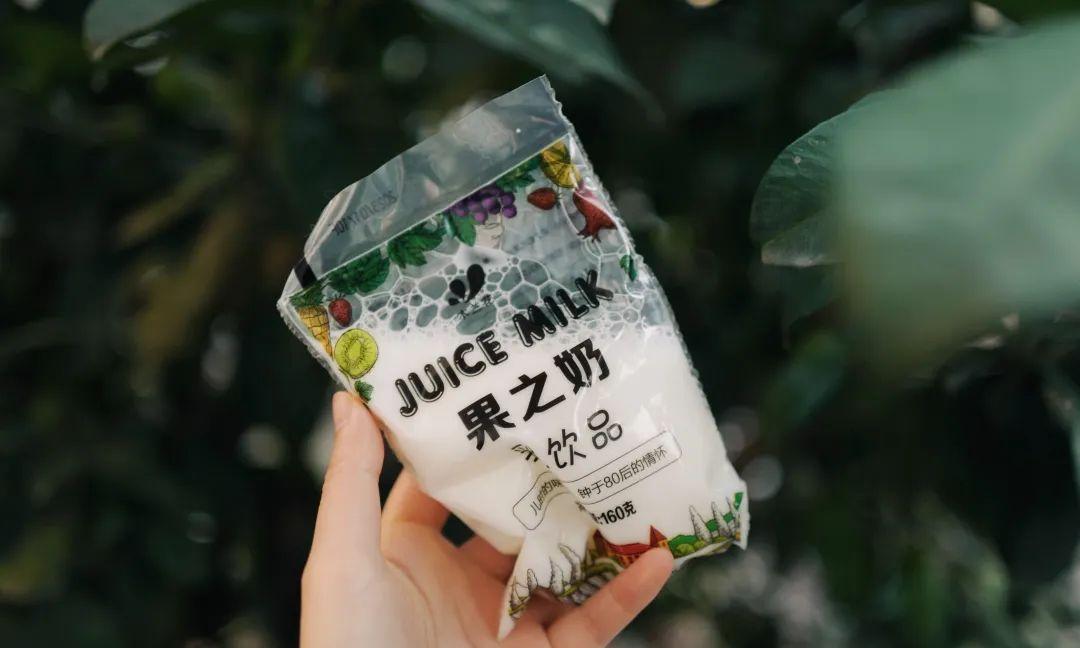
I bought 10 bags to keep in the fridge, purely to drink as a thirst-quencher, and they were gone within a couple of days.
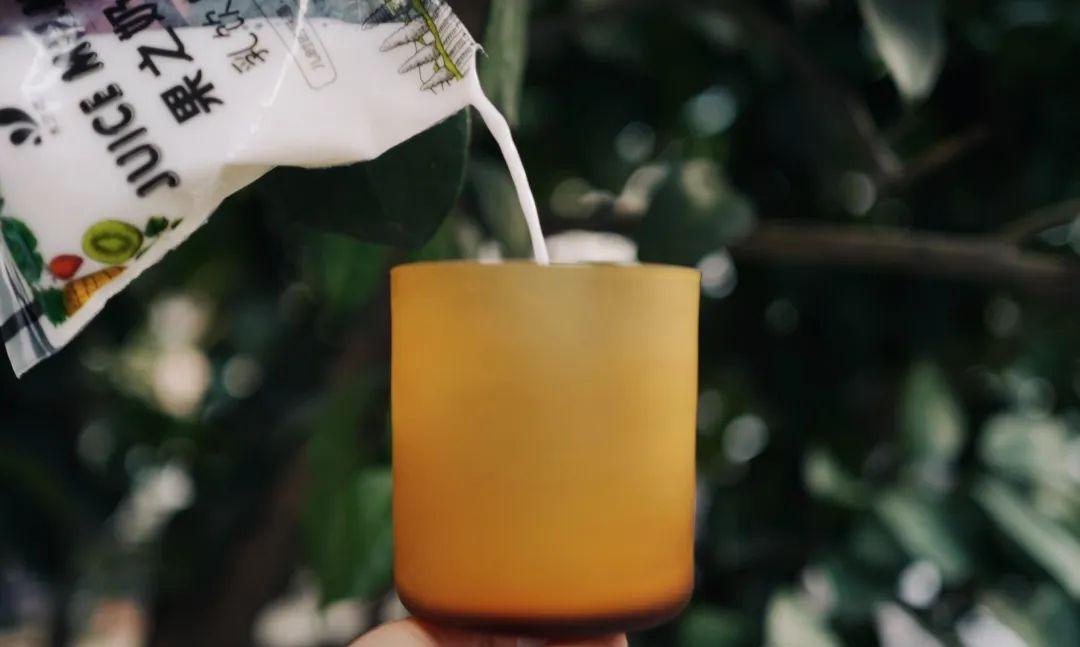
Bawangsi Big White Pear
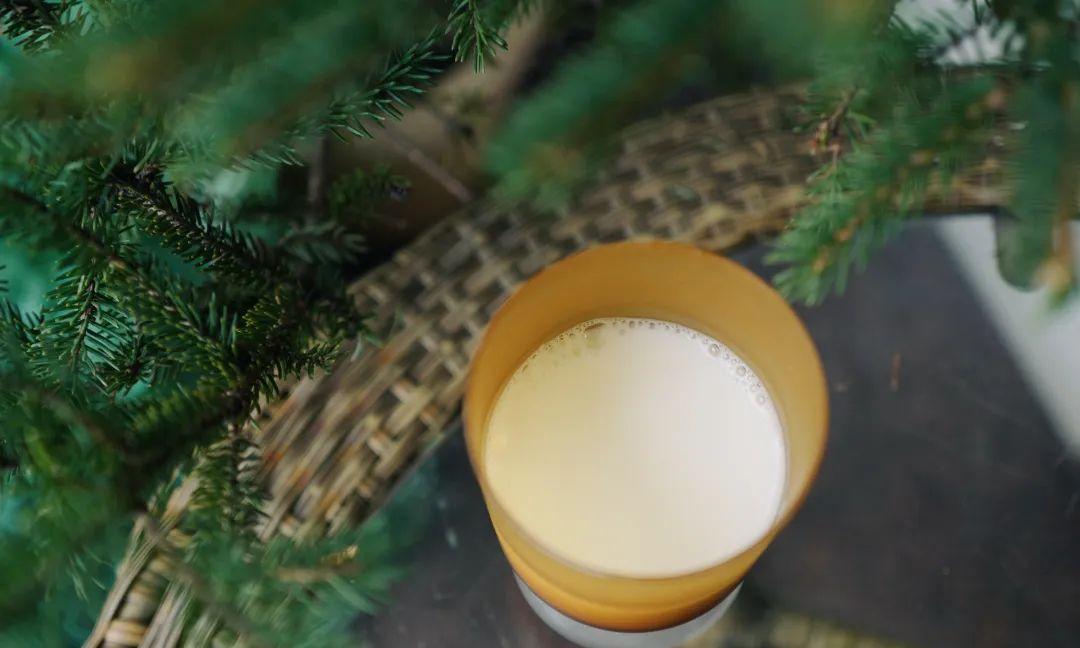
Reference Price: About 1.6 yuan/bottle
Purchase Source: Niuniu Foodies
The history of Big White Pear dates back to 1990 when the Harbin Hongmeigui Factory noticed that the market’s popular sodas were predominantly orange-flavored and decided to develop a new product. After a year of flavor adjustment and blending, the “pear-like but not quite pear, wonderful in its ambiguity” Big White Pear was born.
Nowadays, the formula of Big White Pear is essentially public. It’s not specific to a particular brand, but rather a category of beverages. For this review, I bought Bawangsi’s Big White Pear.
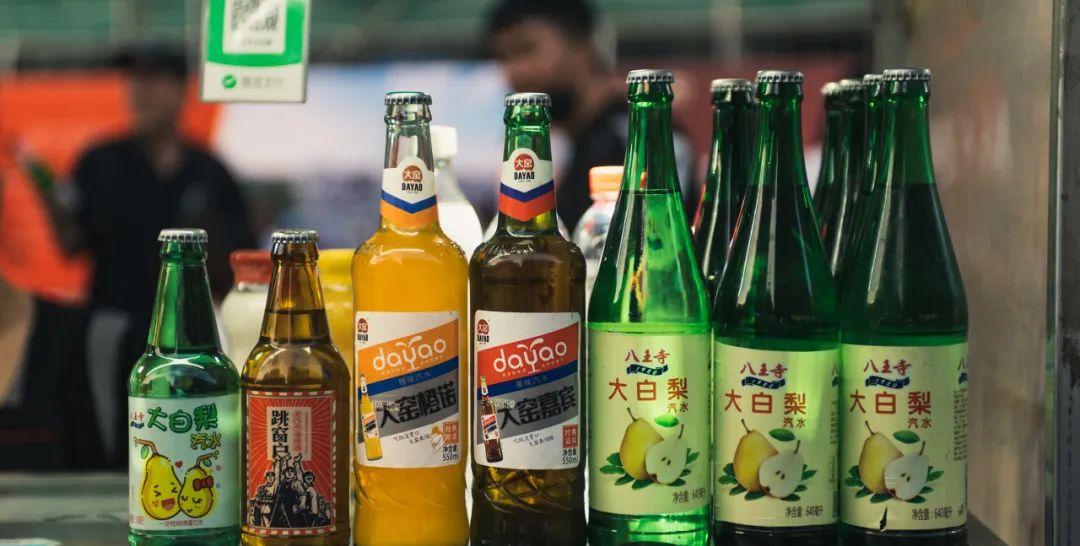
From the first sip, you can taste a light pear flavor, reminiscent of the aftertaste in your mouth after eating a frozen pear soaked in sparkling water. My Northeastern colleagues said that this version of Big White Pear is already the gentle version, as the ones they used to drink had a grittier texture.
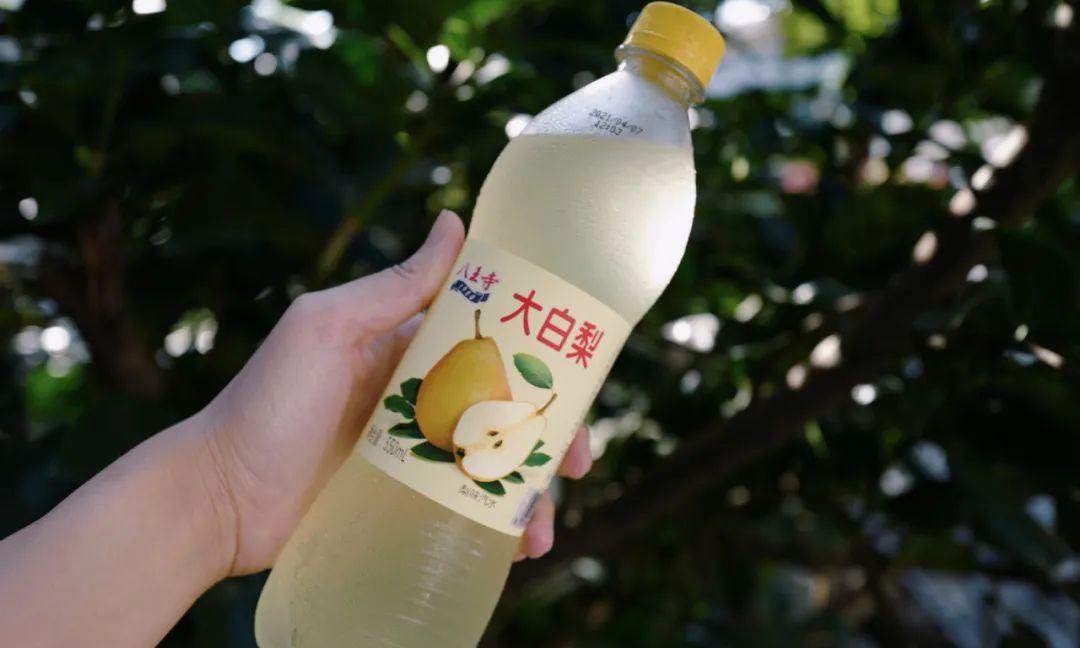
Qiulin Kvass

Reference Price: 2.5 yuan/bottle
Purchase Source: Qiulin Official Store
I remember when I was in elementary school, kvass was quite popular for a while. Kids wanting to imitate adults drinking beer would sneak a bottle of kvass to school to show off. After all these years, I can barely remember what it actually tasted like.
I decided to buy kvass because my Northeastern friend Linlin told me that it’s quite a staple there, consistently appearing on local dining tables.
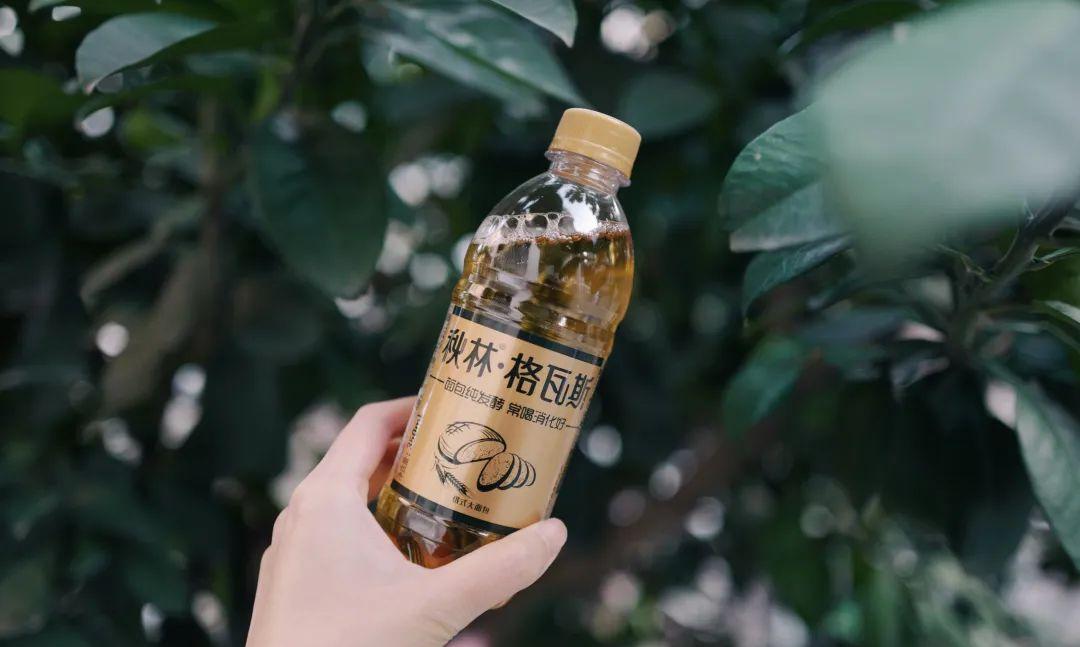
As soon as I opened the lid, a strong fermented aroma wafted out. Before I could react, it frothed over like beer. Surprisingly, it tasted quite similar to fizzy honey water, although the sweetness was a bit too much for my liking. If you are curious about the taste, you might want to buy a bottle to try for yourself.


